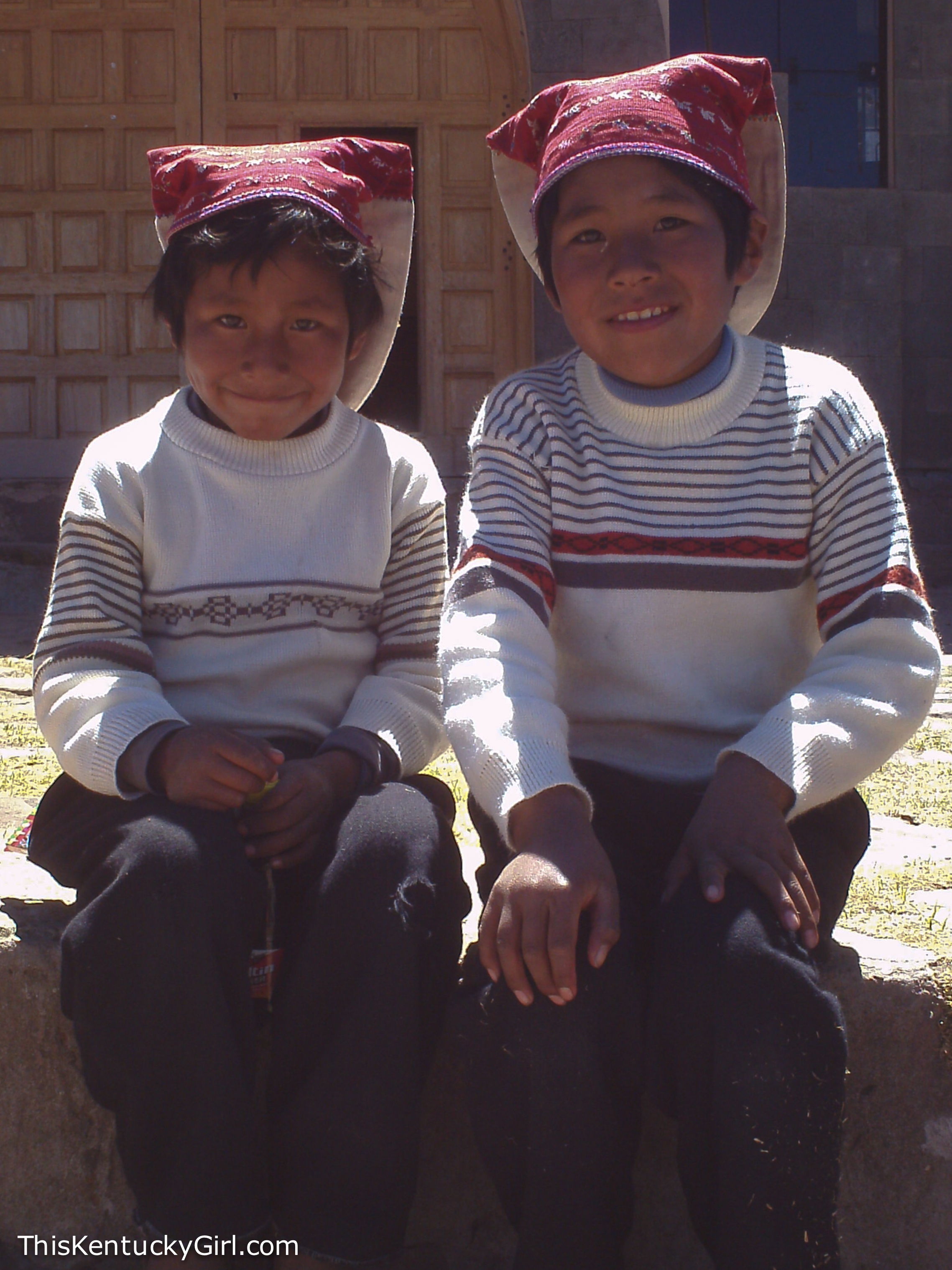Lake Titicaca is the largest lake in South America. According to our guide for the afternoon, 60% of it is Peruvian and 40% of it is Bolivian. However, he assured us if we were to find ourselves on the Bolivian side of the lake, we would be told that 60% is Bolivian. While the lake itself provides some beautiful scenery, its popularity stems more from the people who live on the lake. Tours go daily out to man-made islands, known as the Uros Islands, and the natural islands, Taquile and Amanatani (if you have time). We opted for a day tour to see one of the Uros Islands and Taquile. It was interesting – a little Disneyland-esque at times, but beautiful and I was finally able to have some fun with my Polaroid camera again! Which may have been my favorite part!
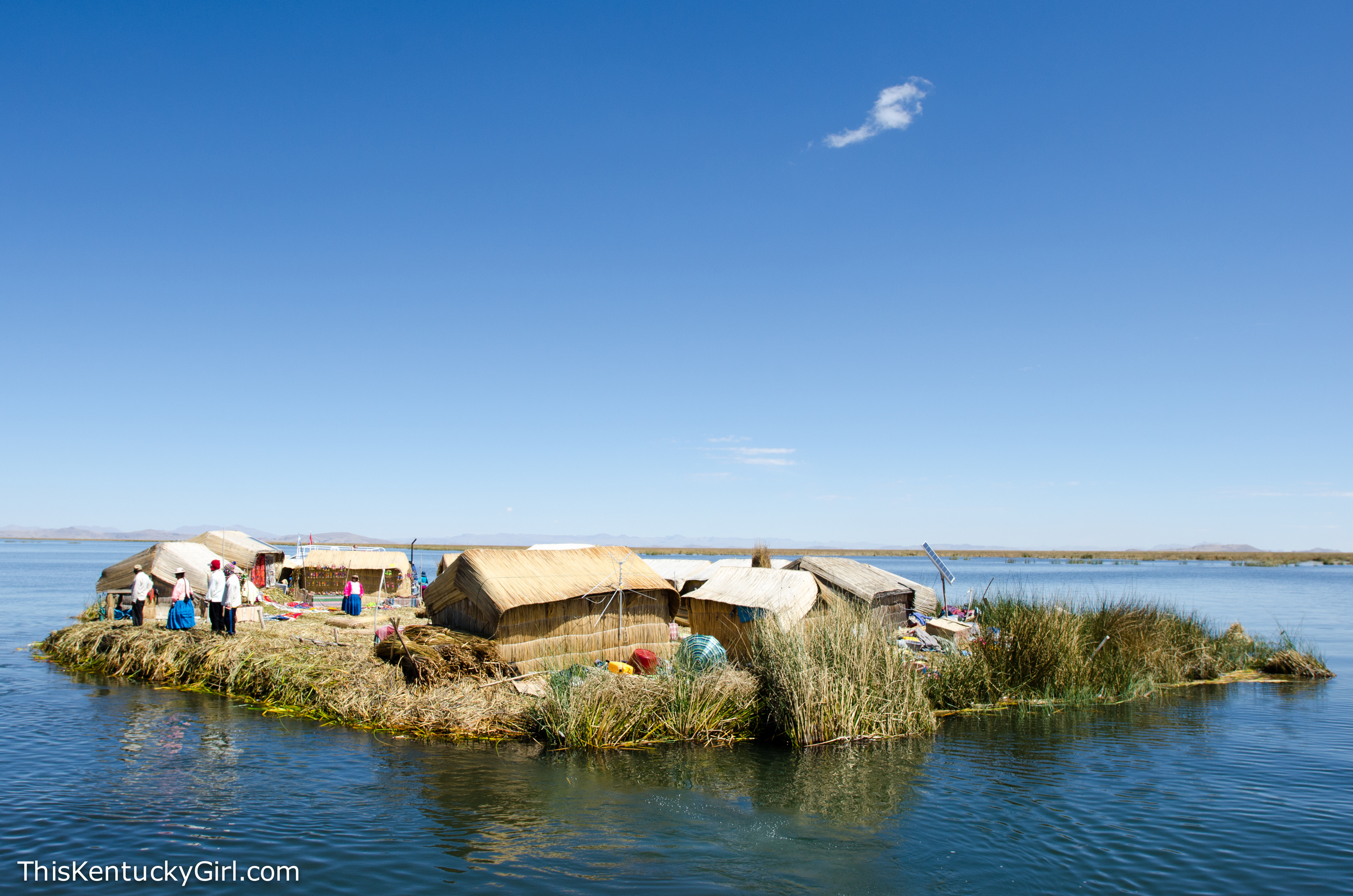
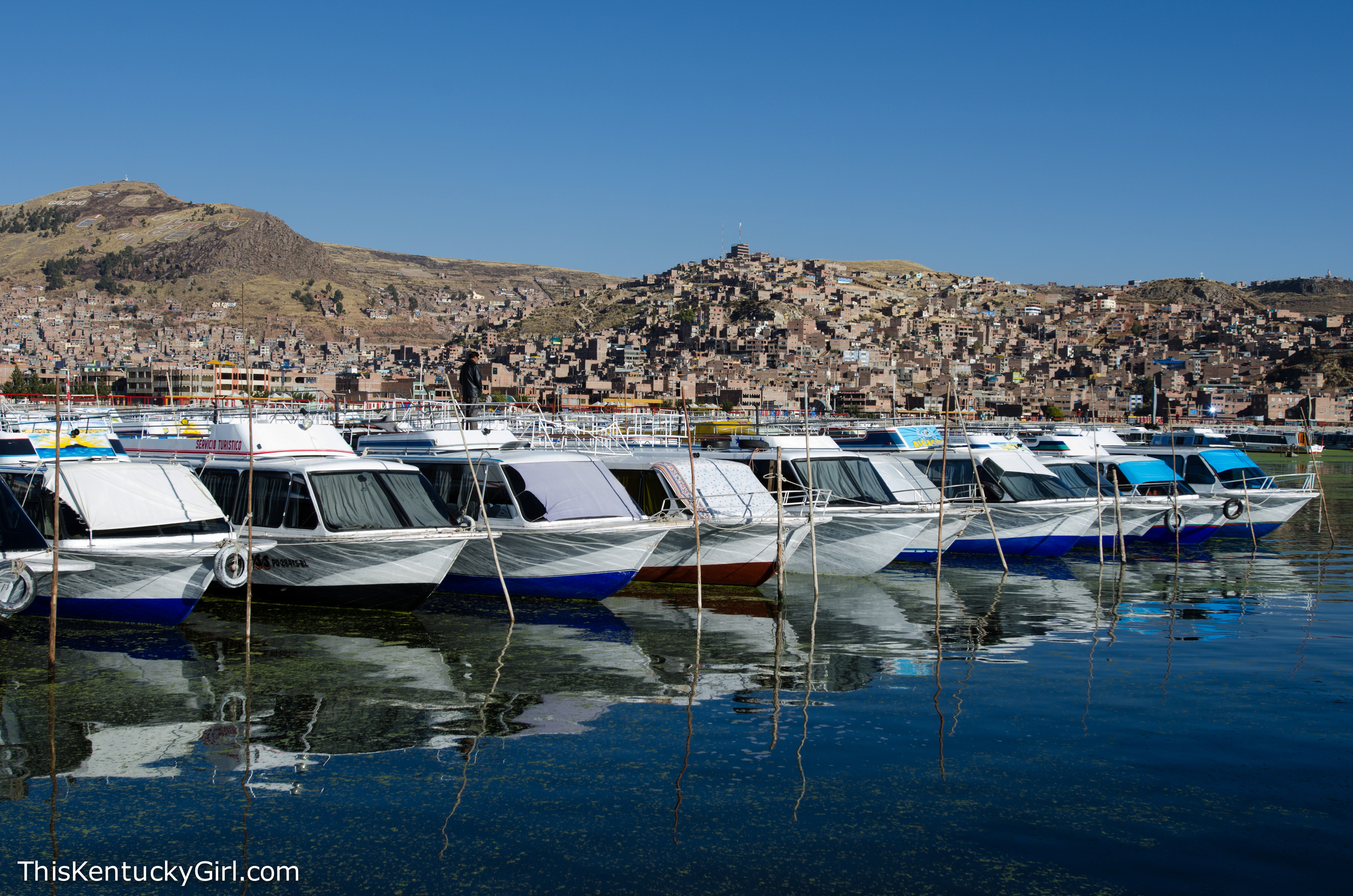
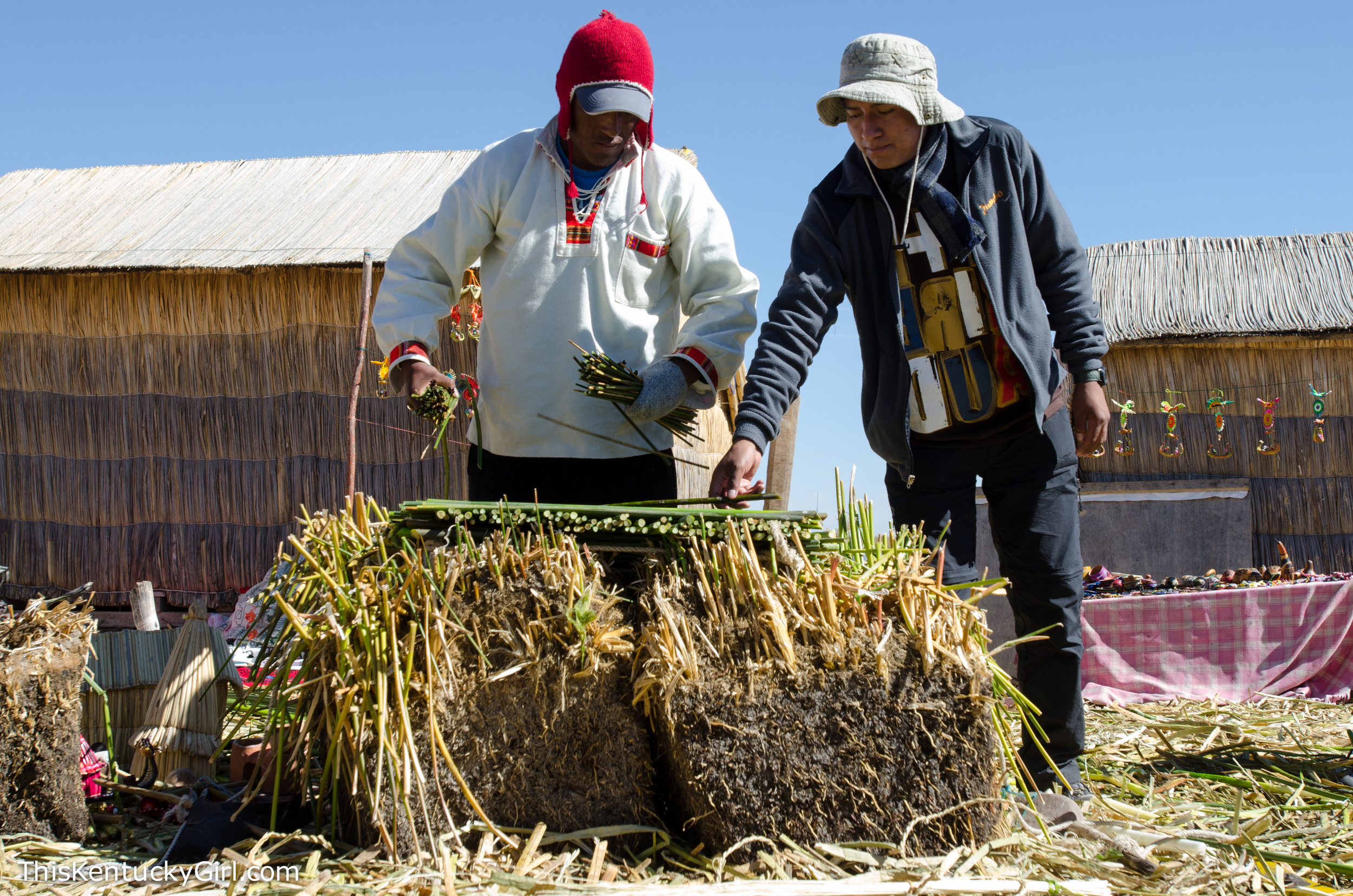
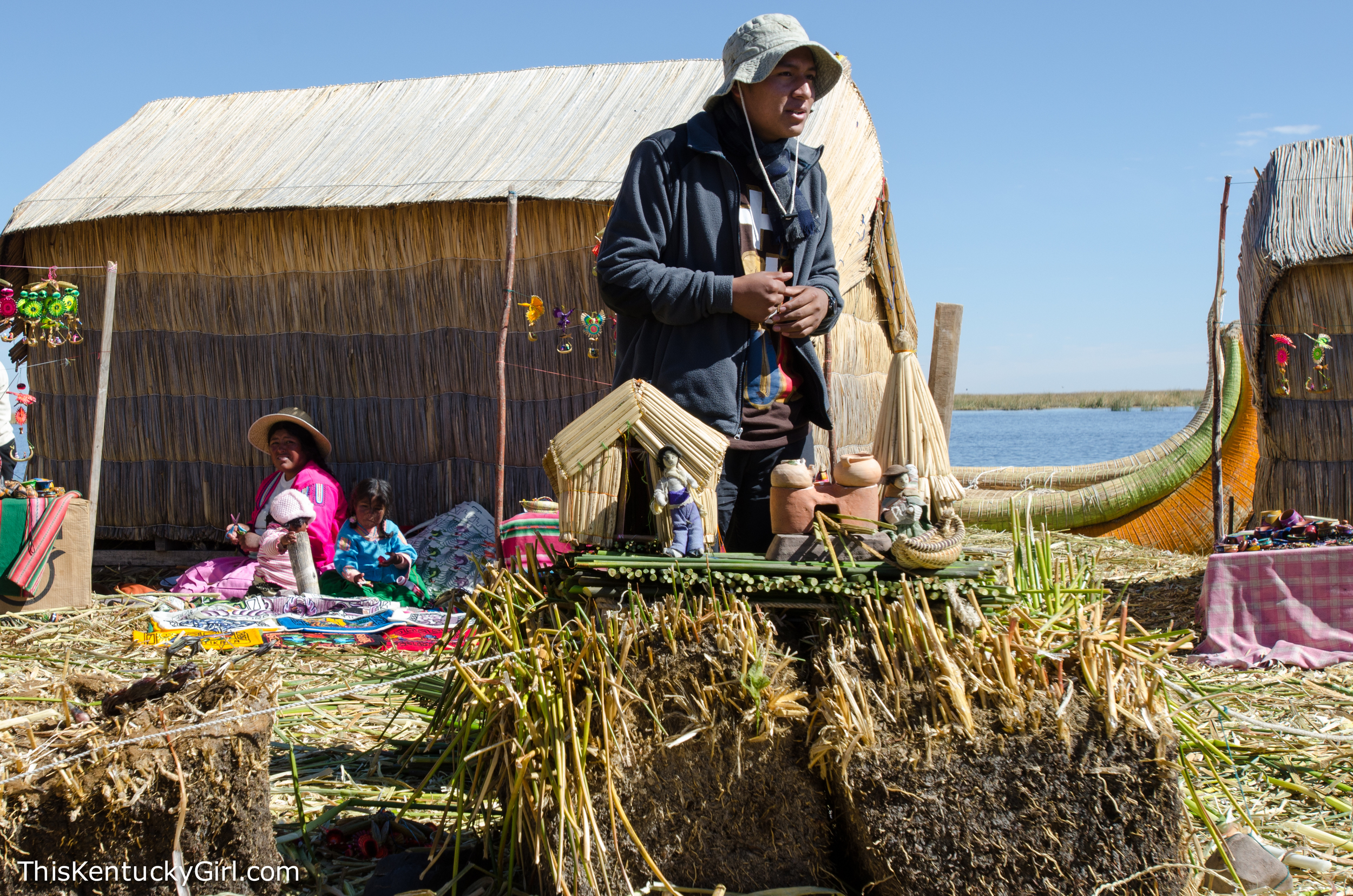
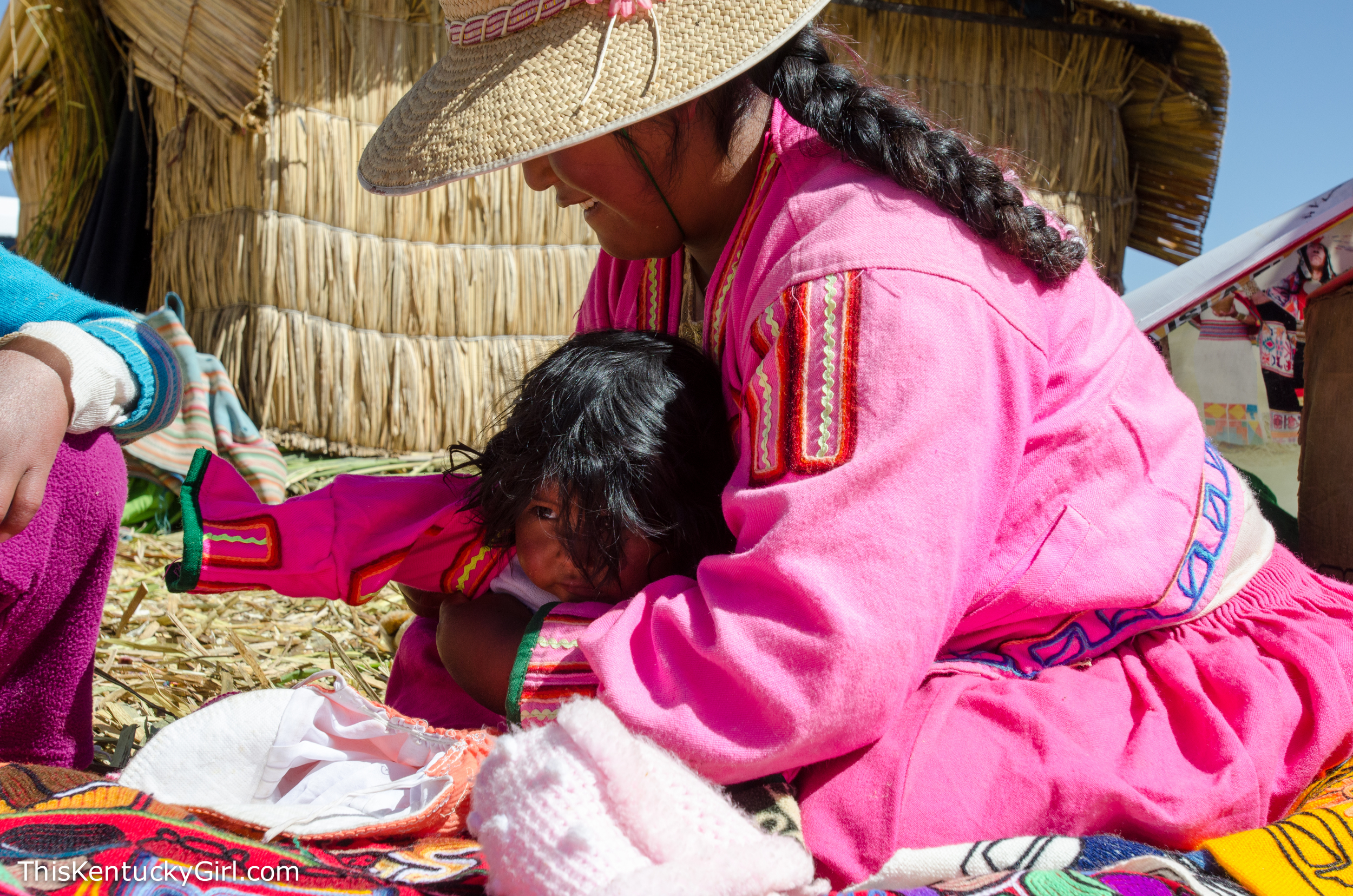
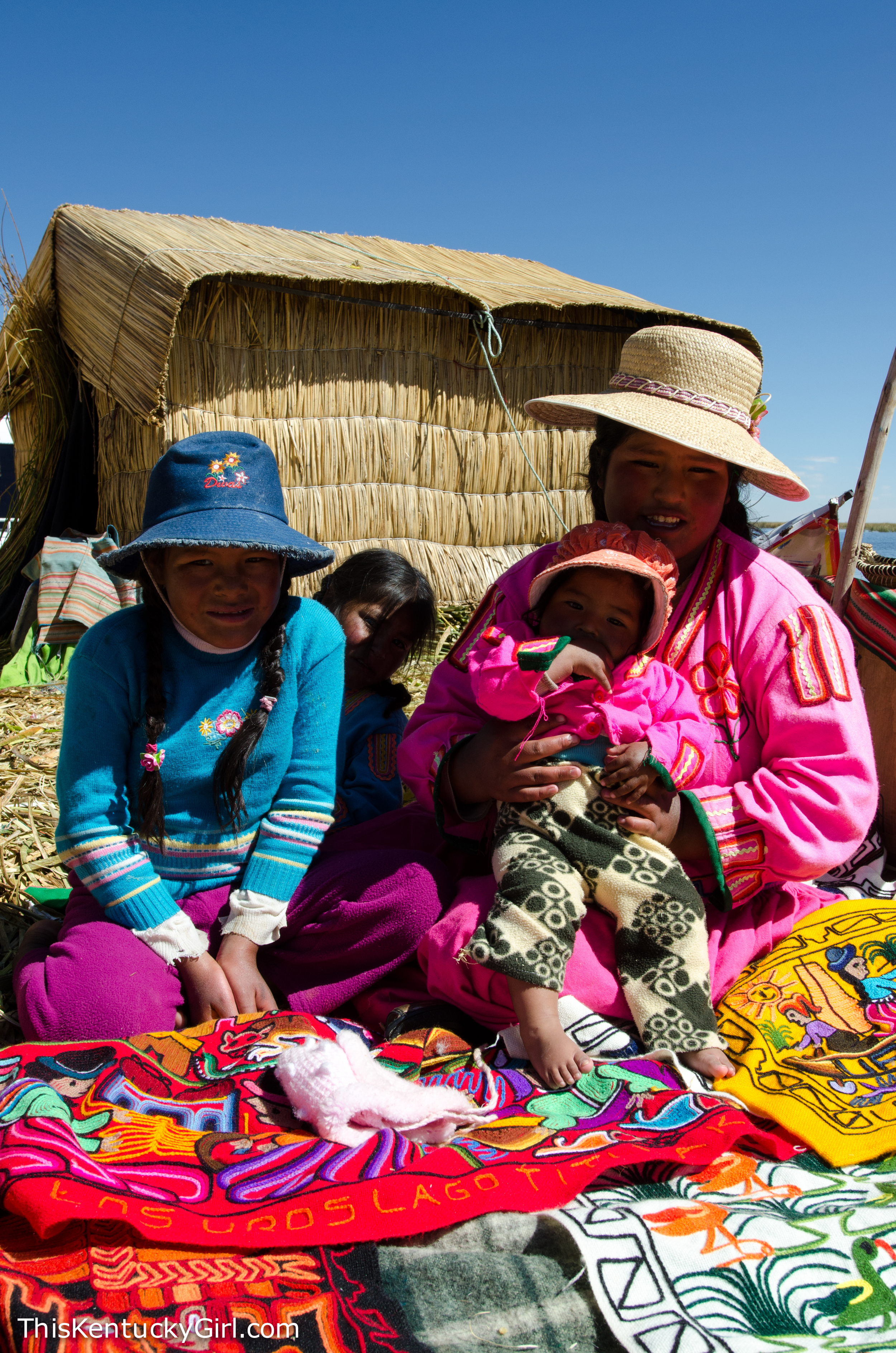
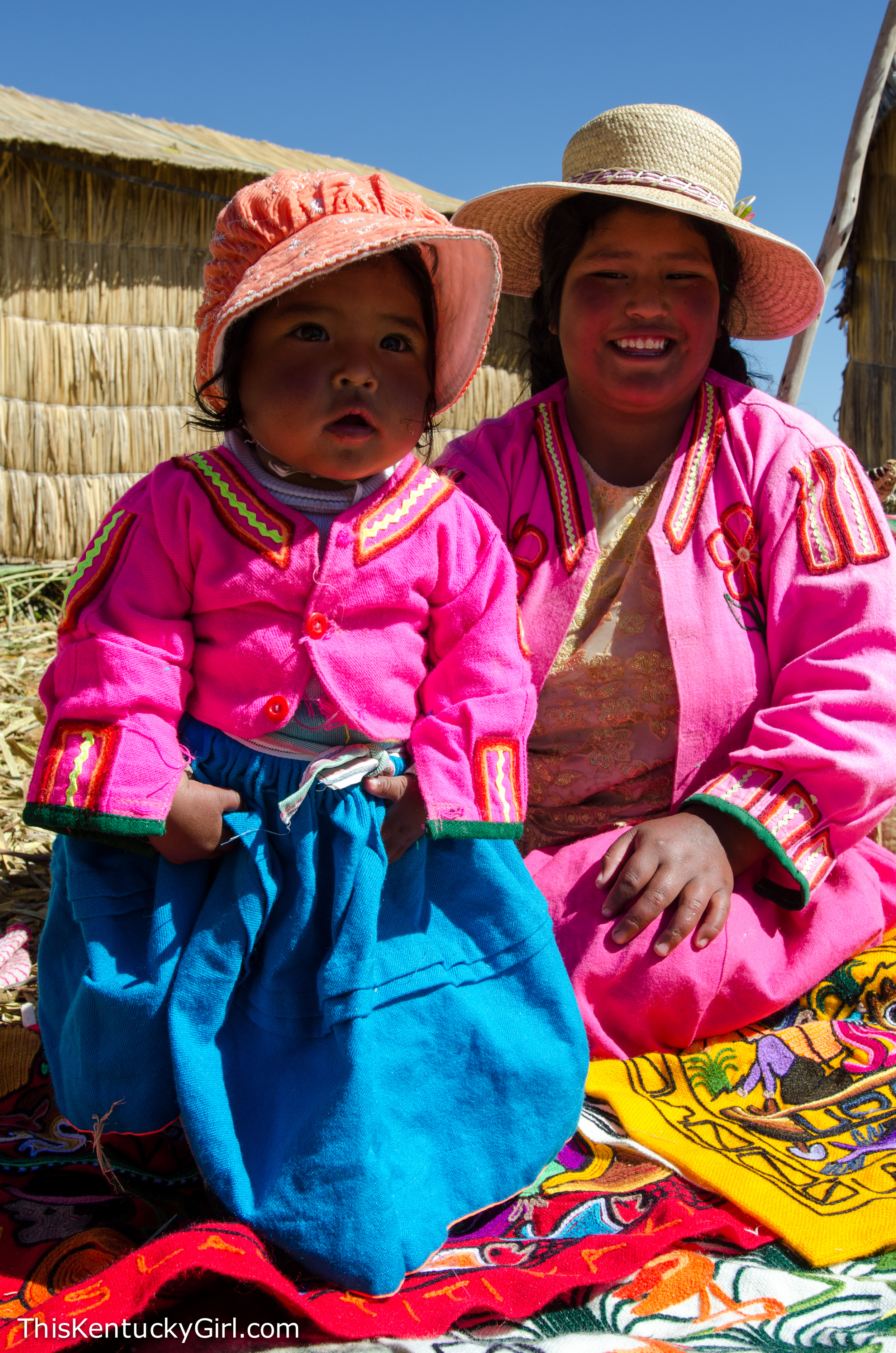
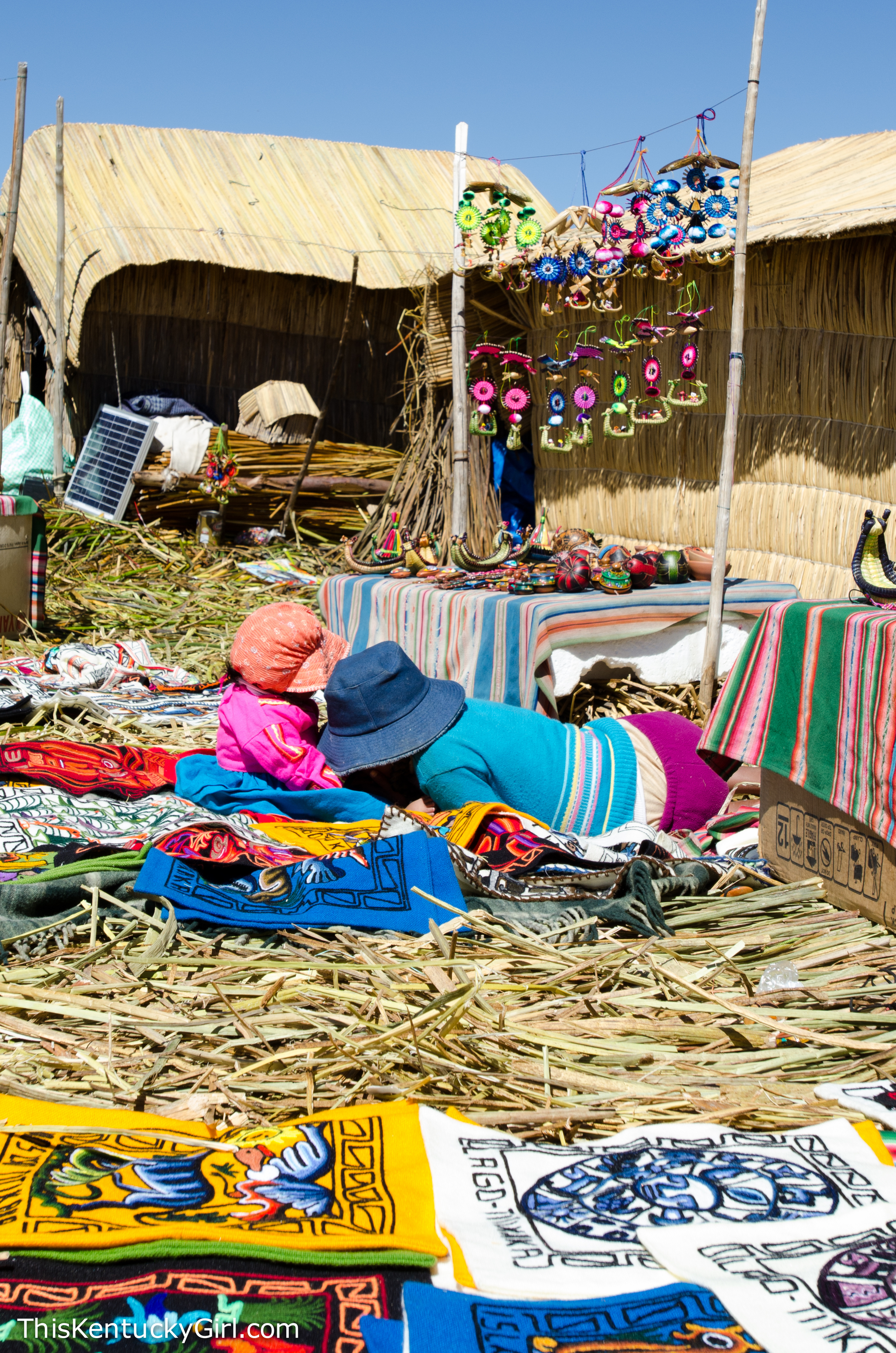
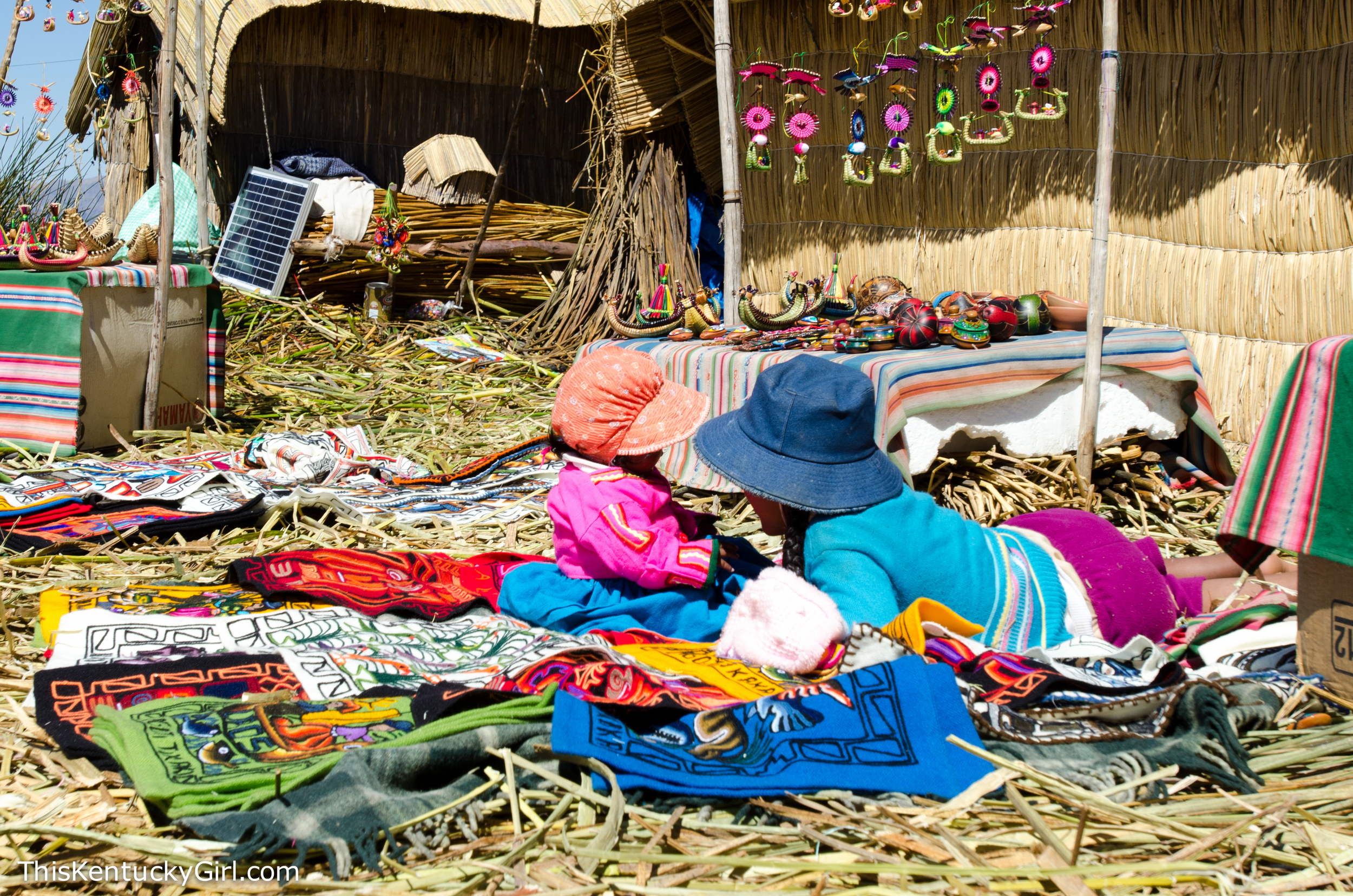
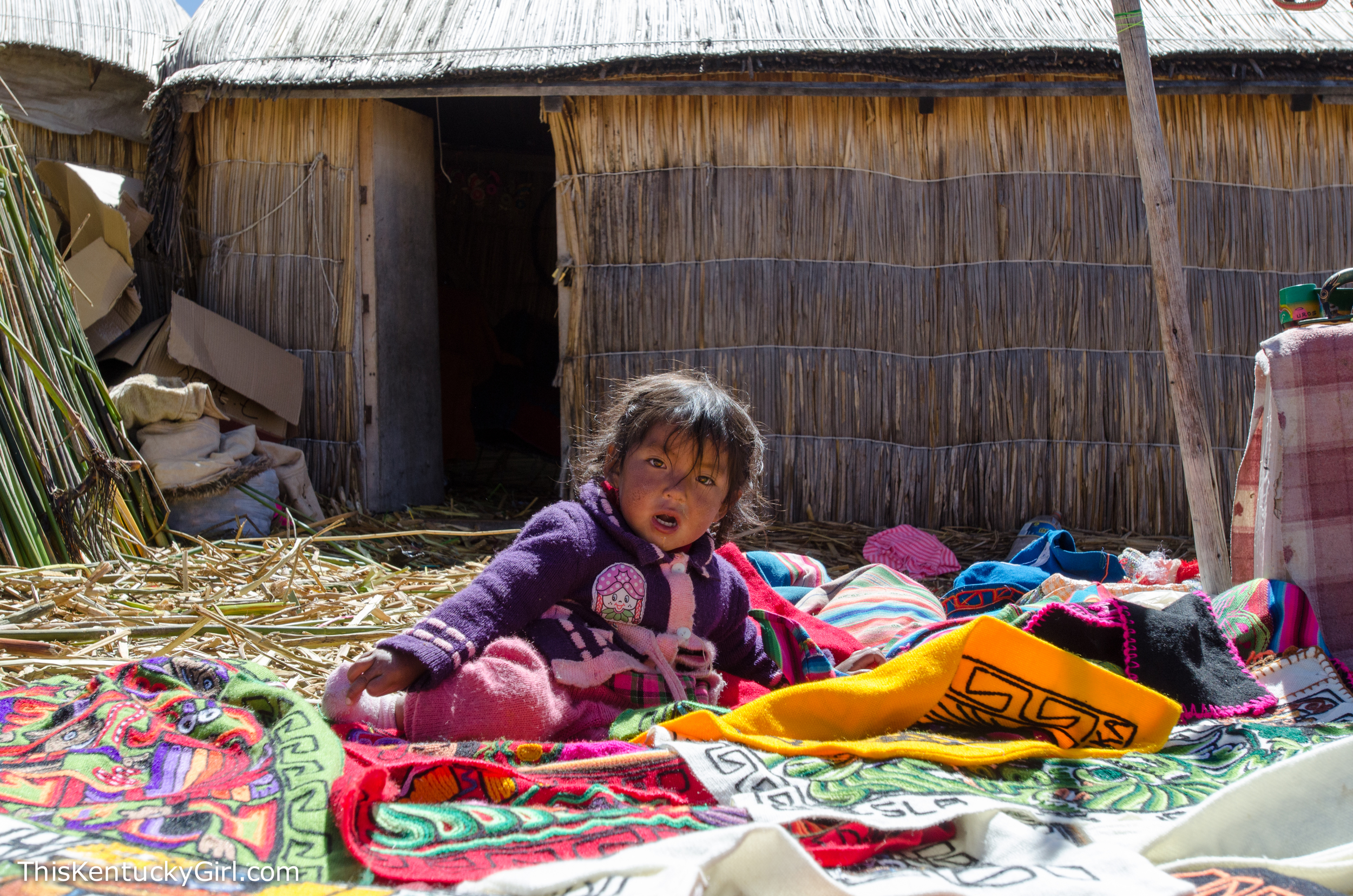

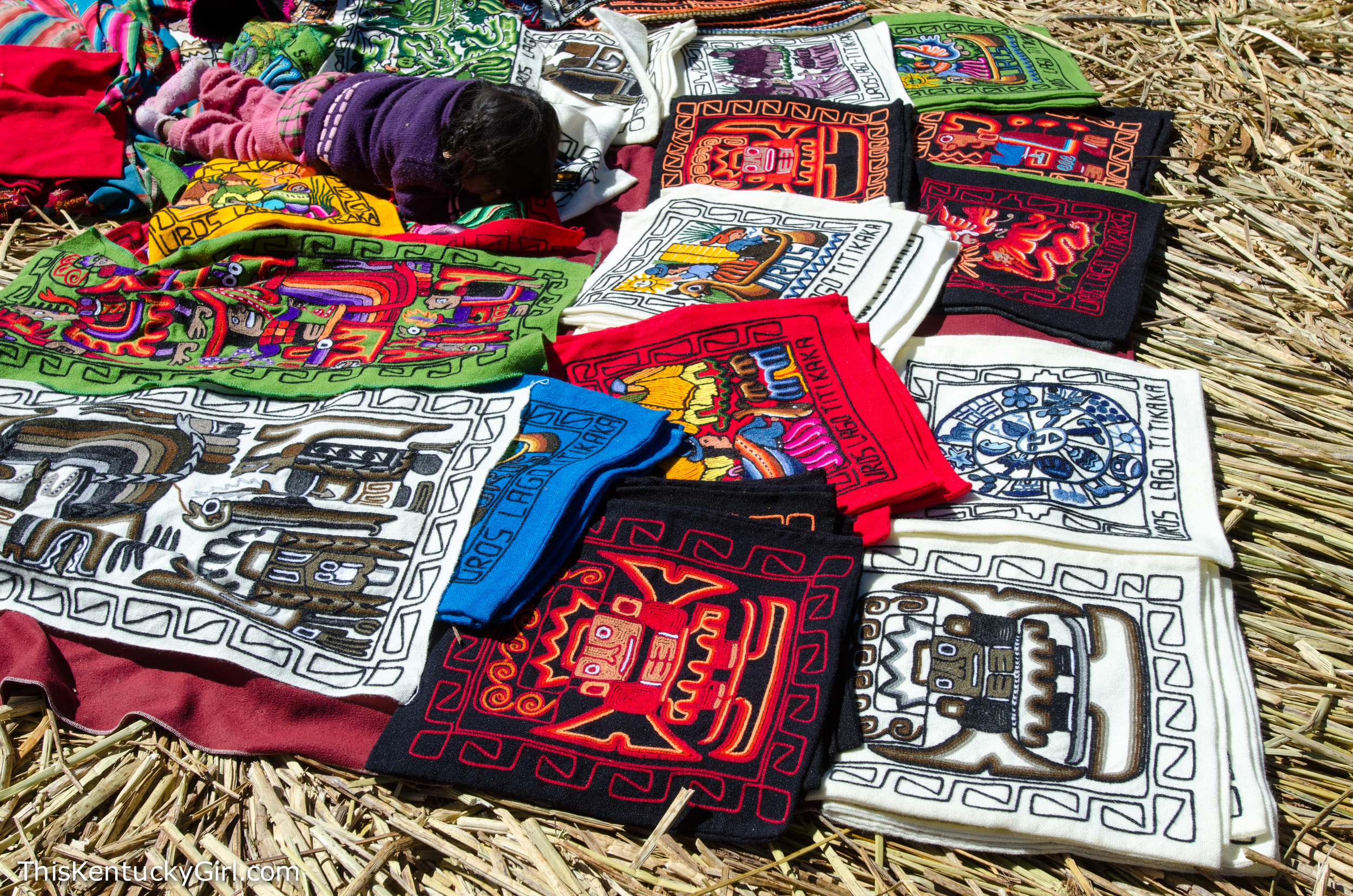
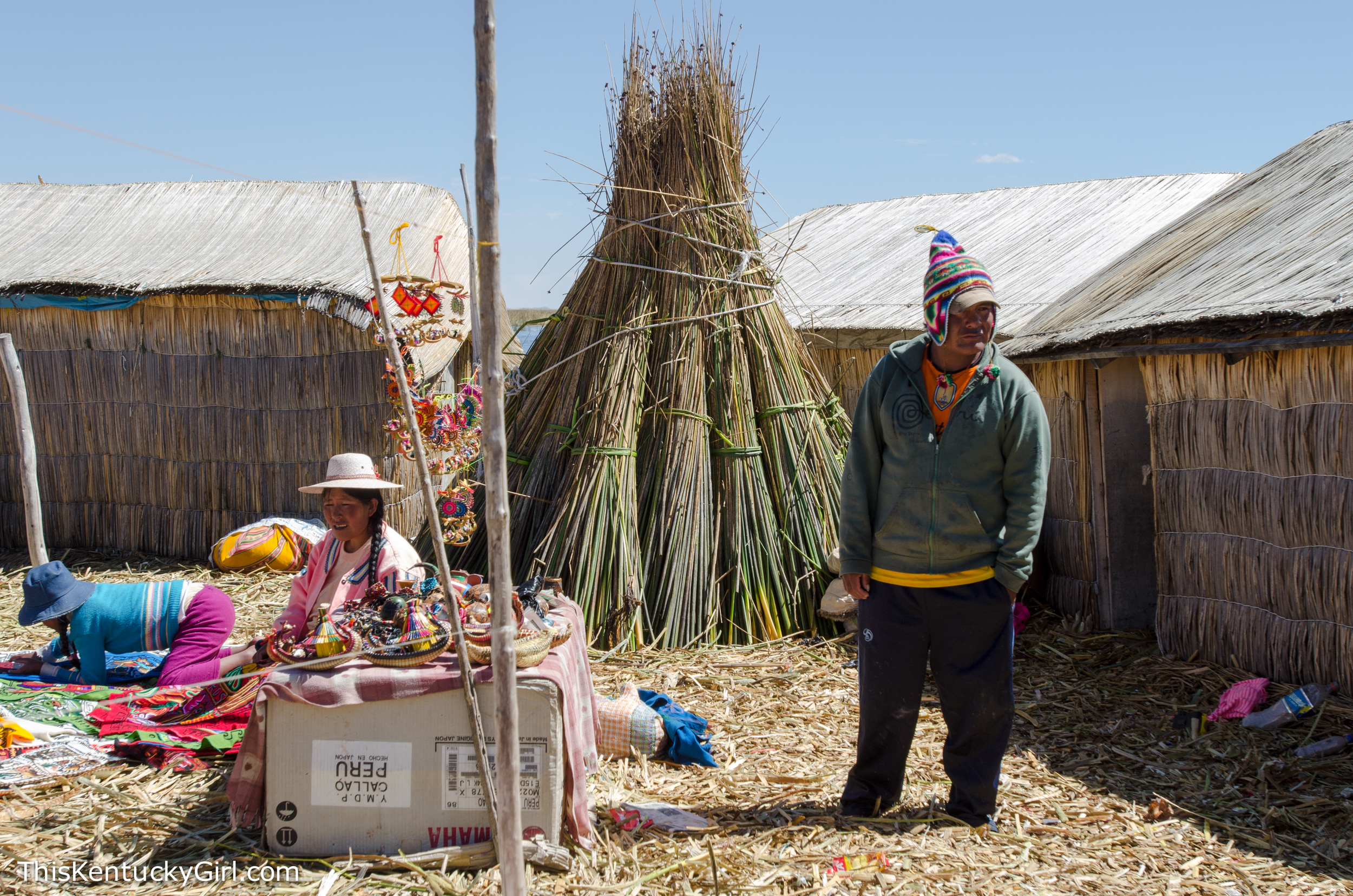
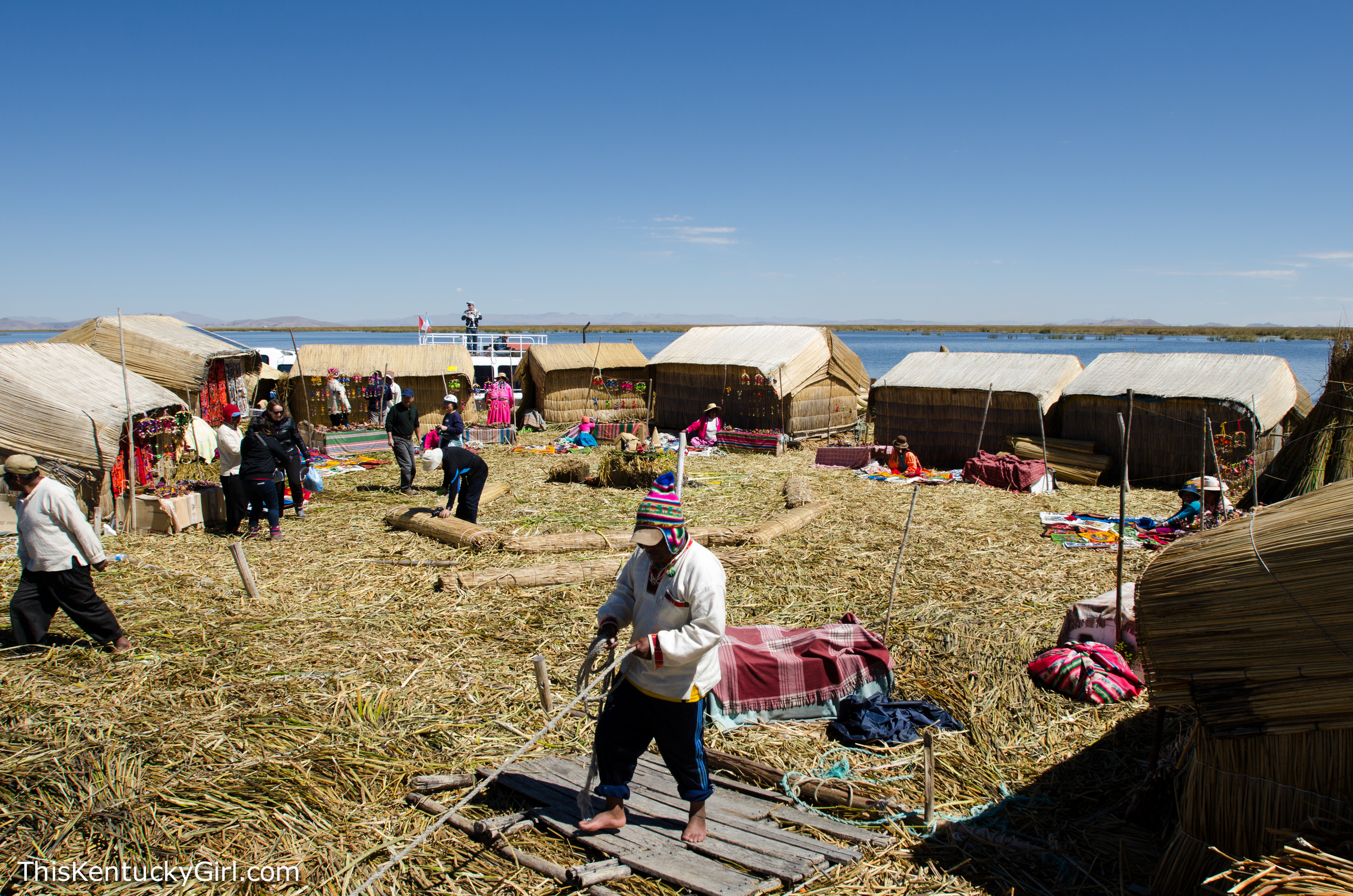
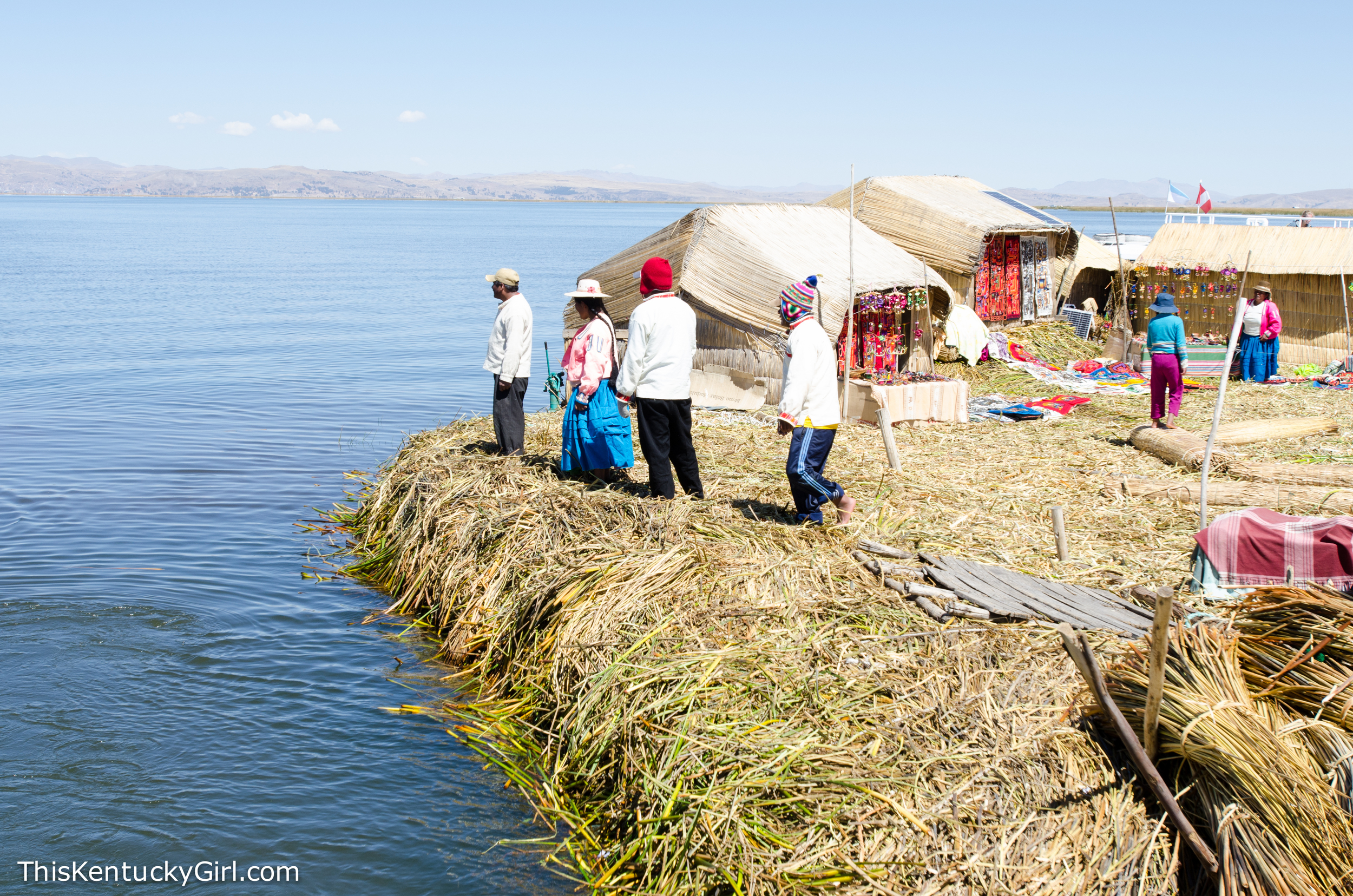
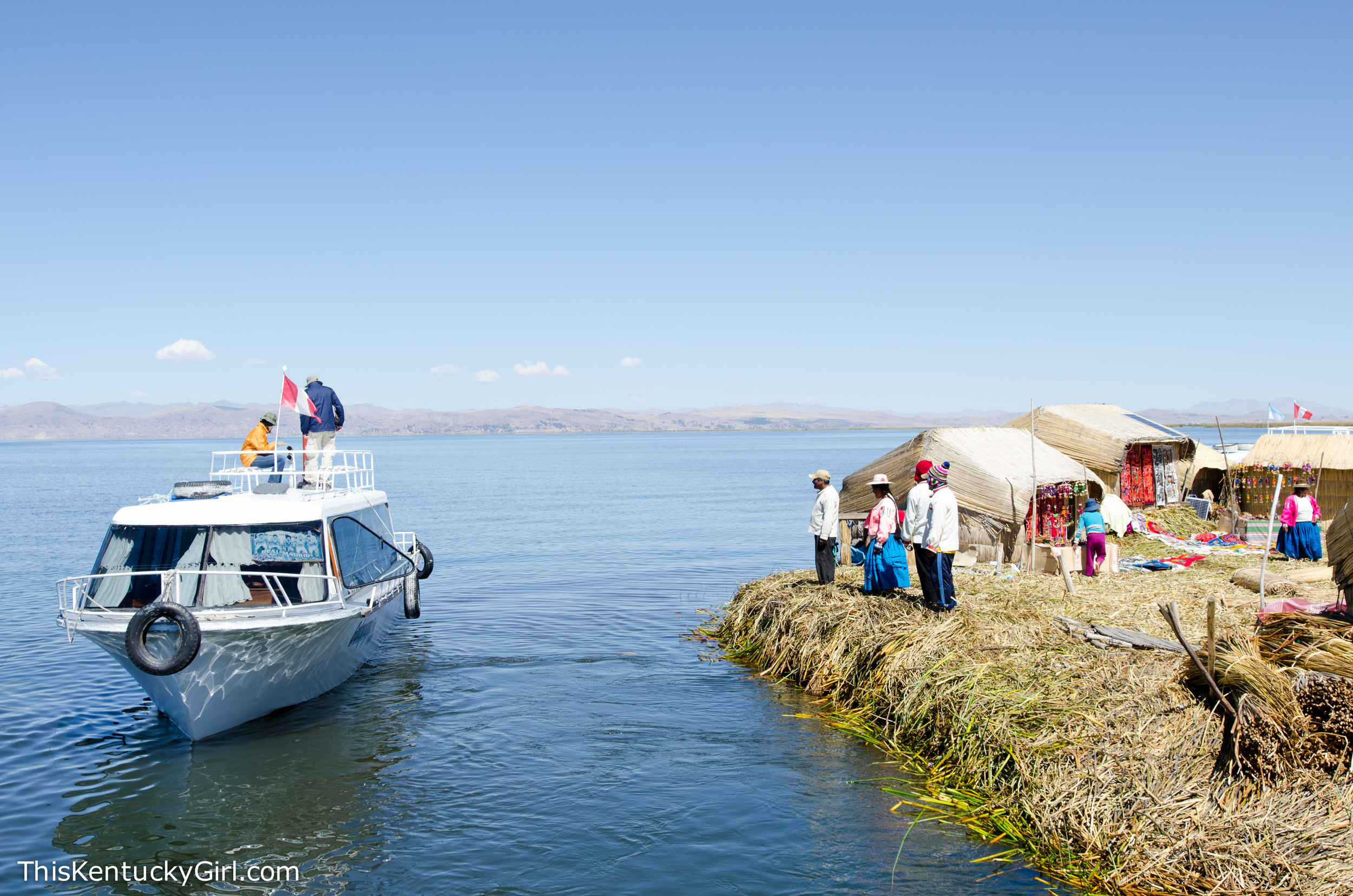
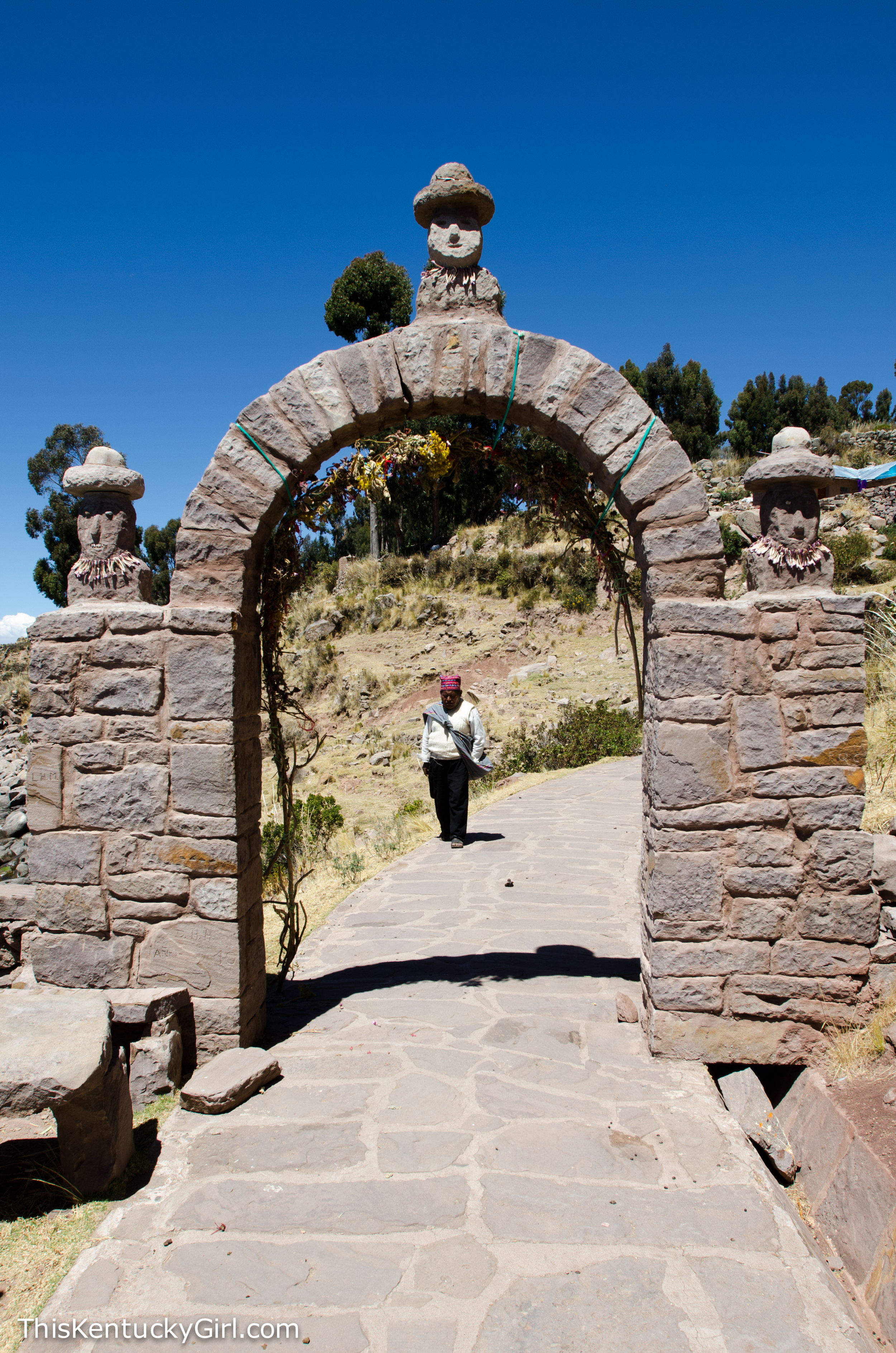
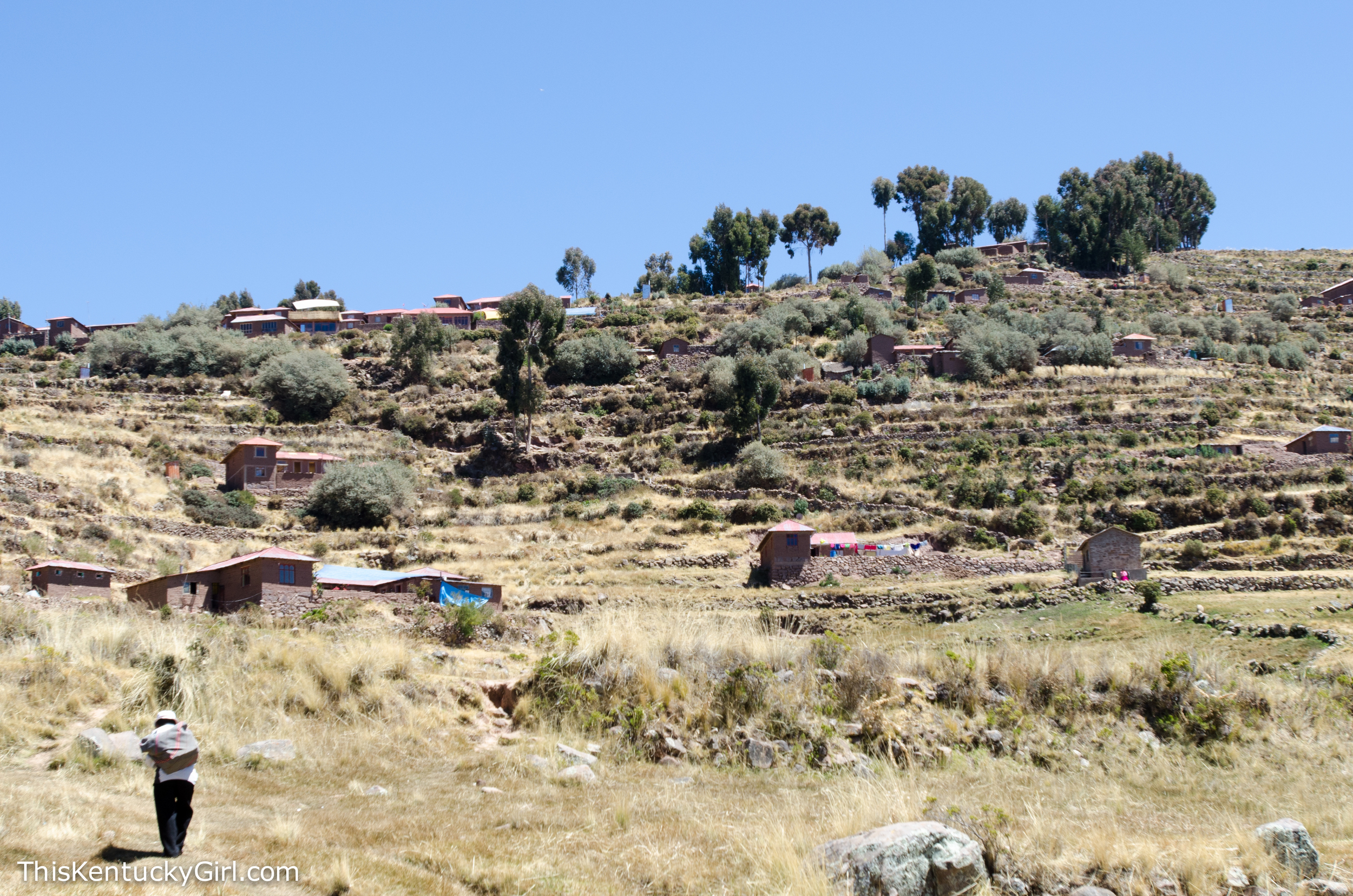
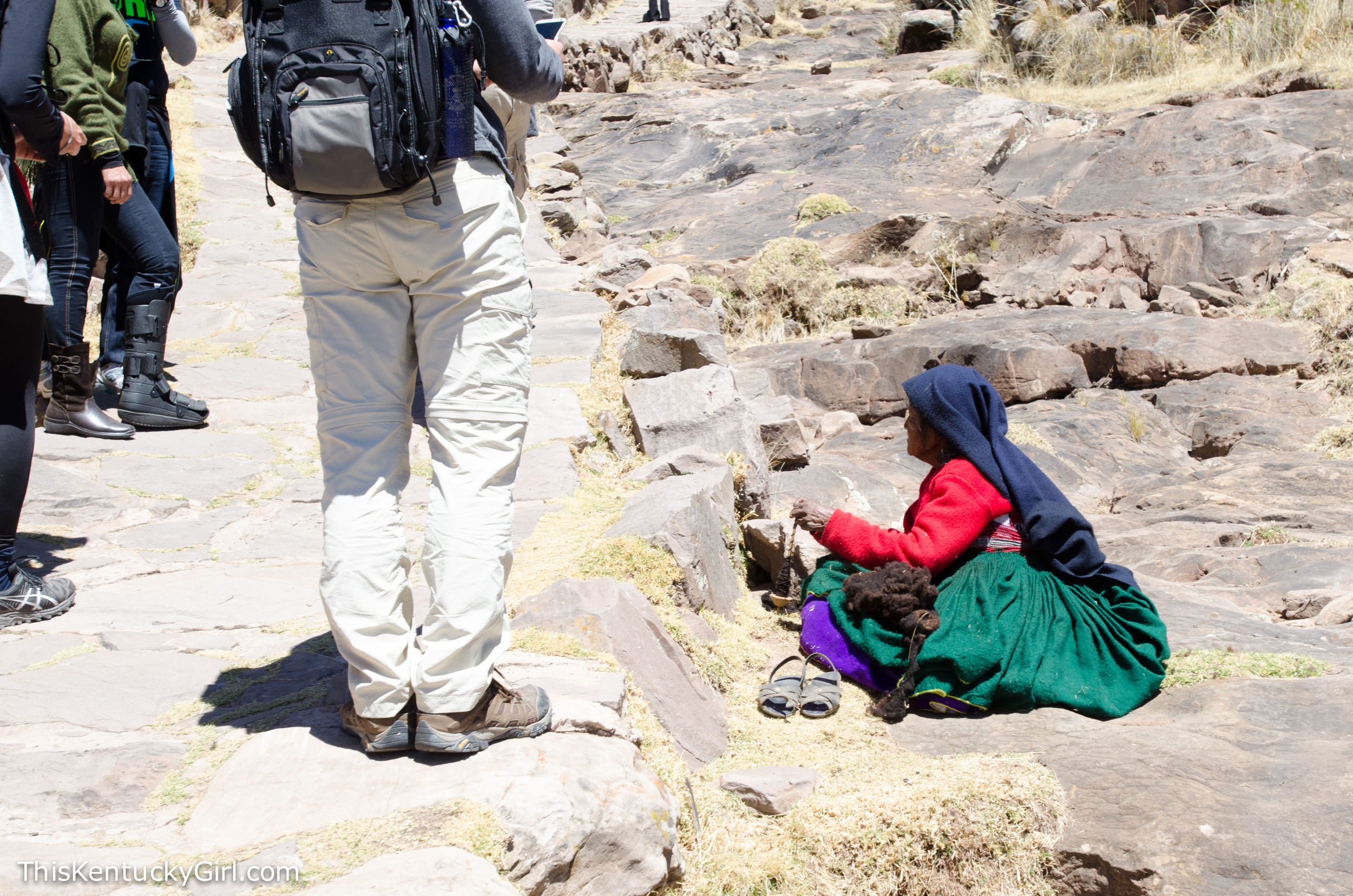
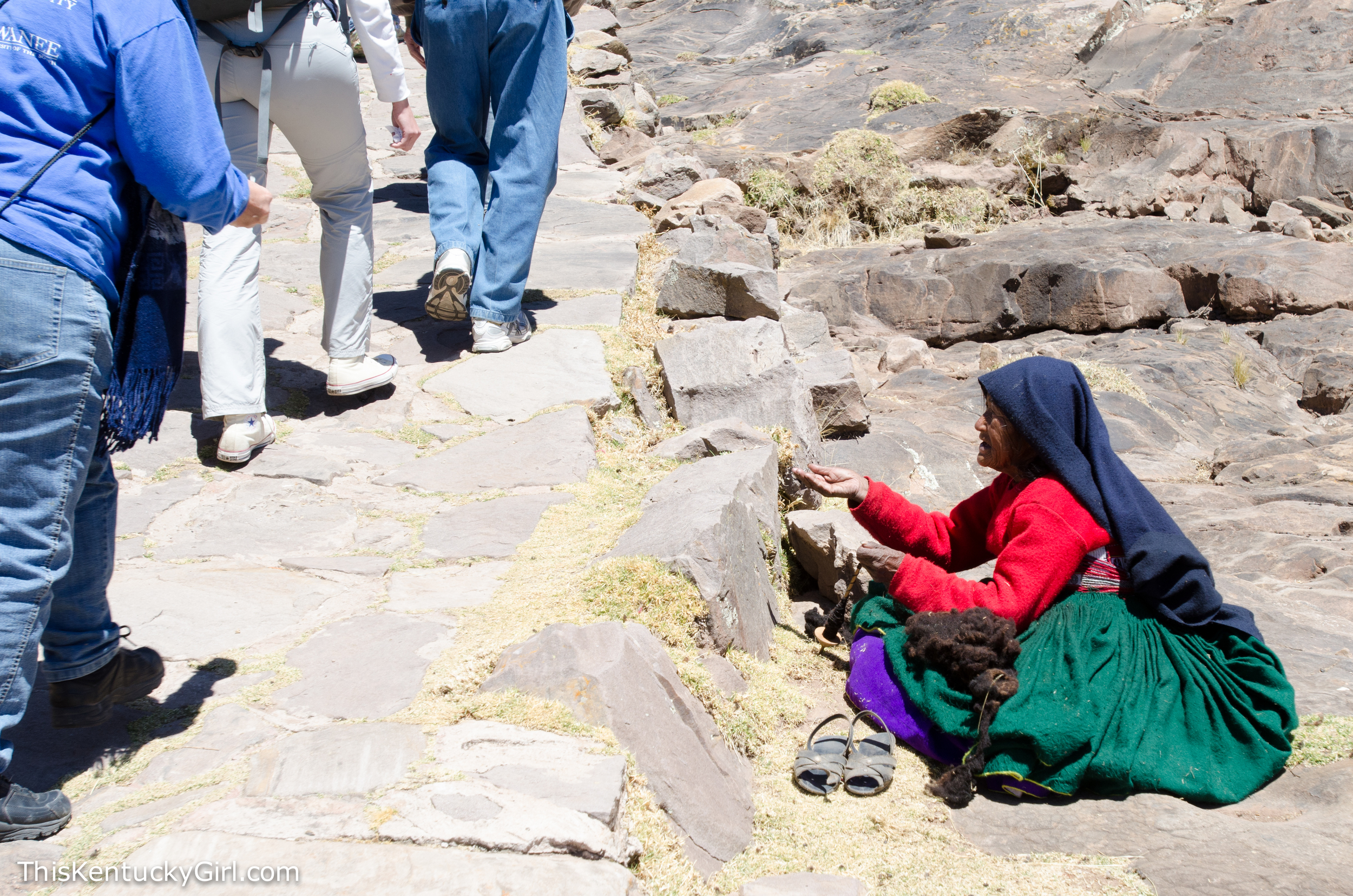
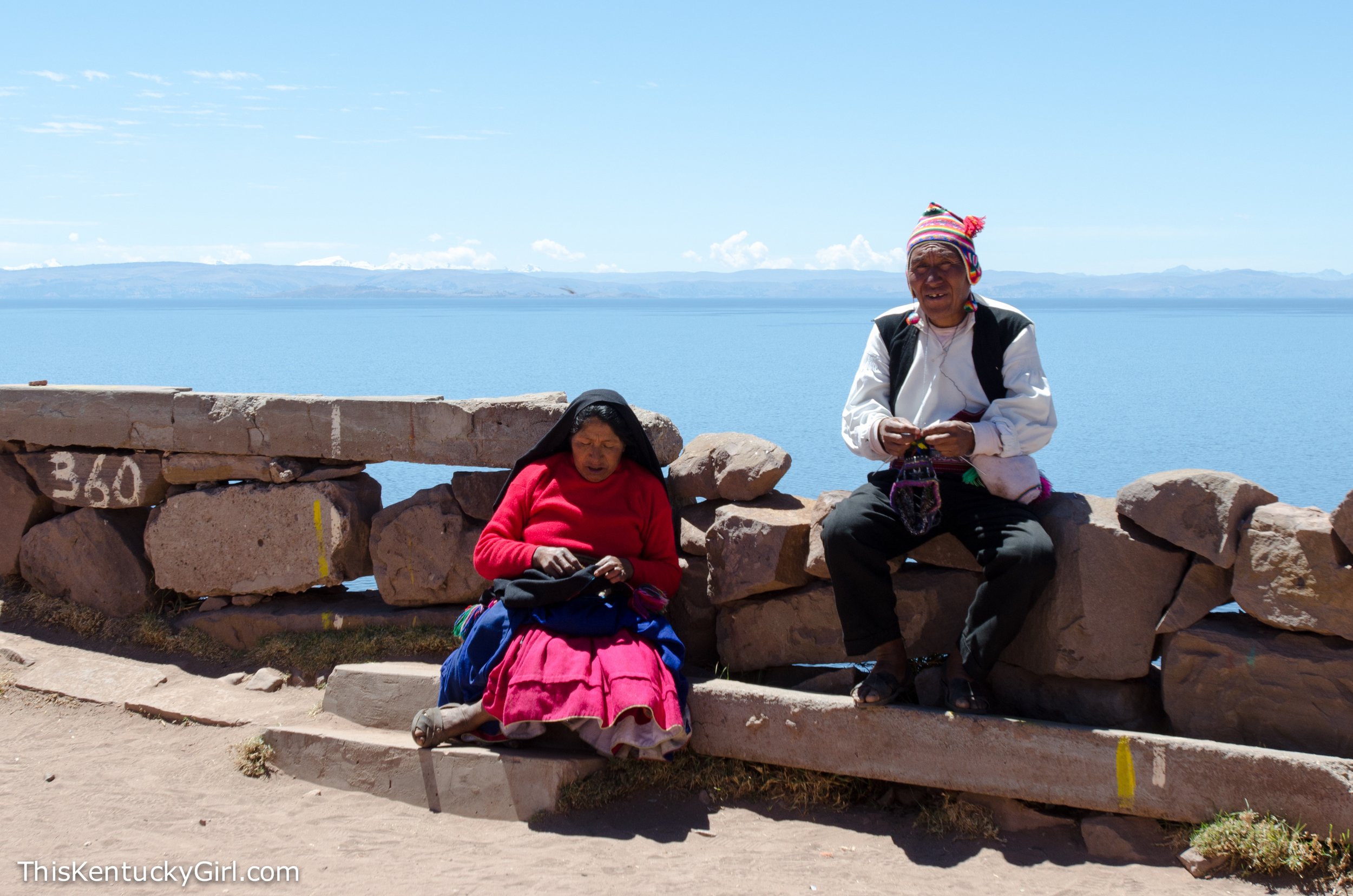
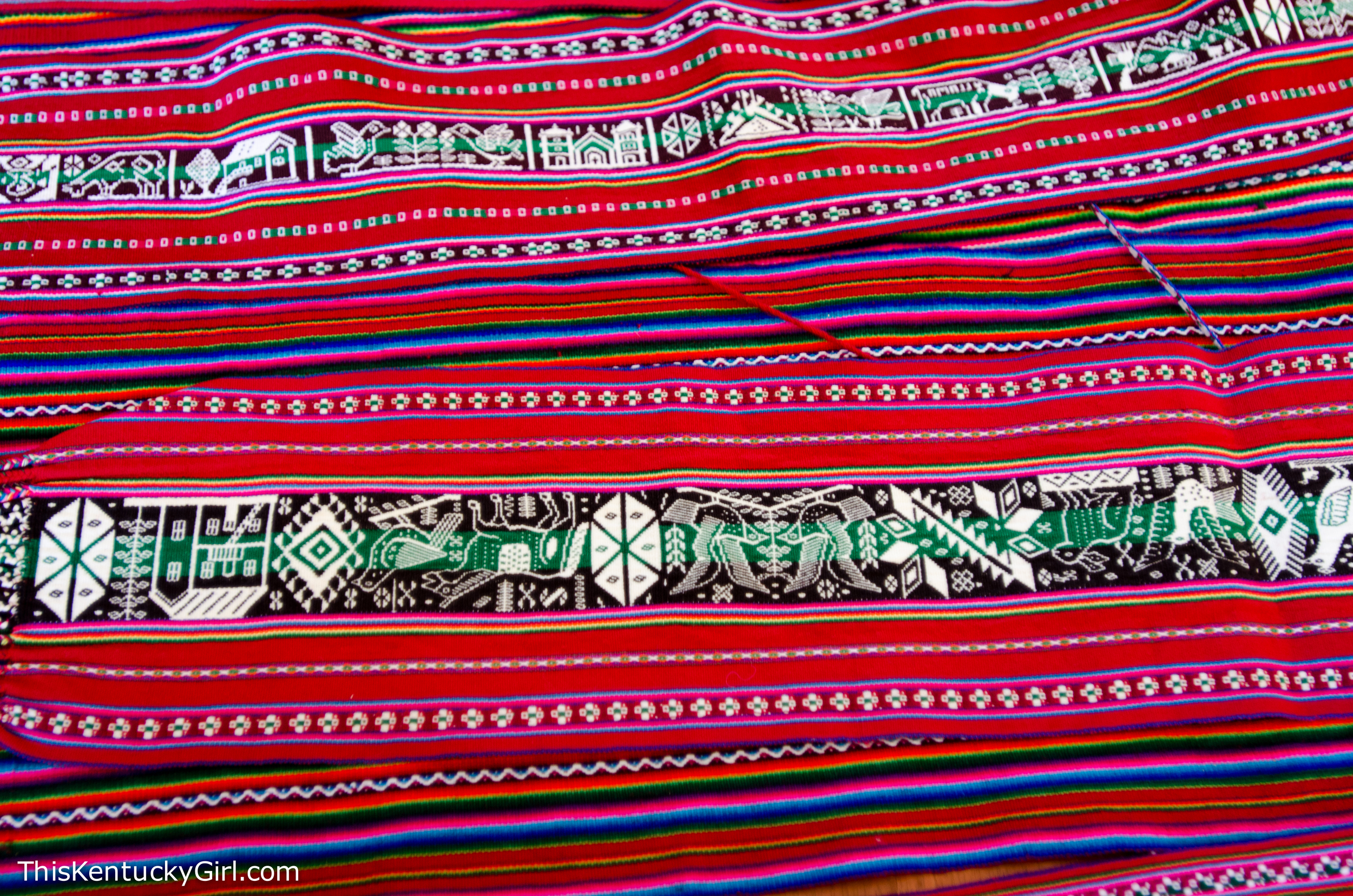
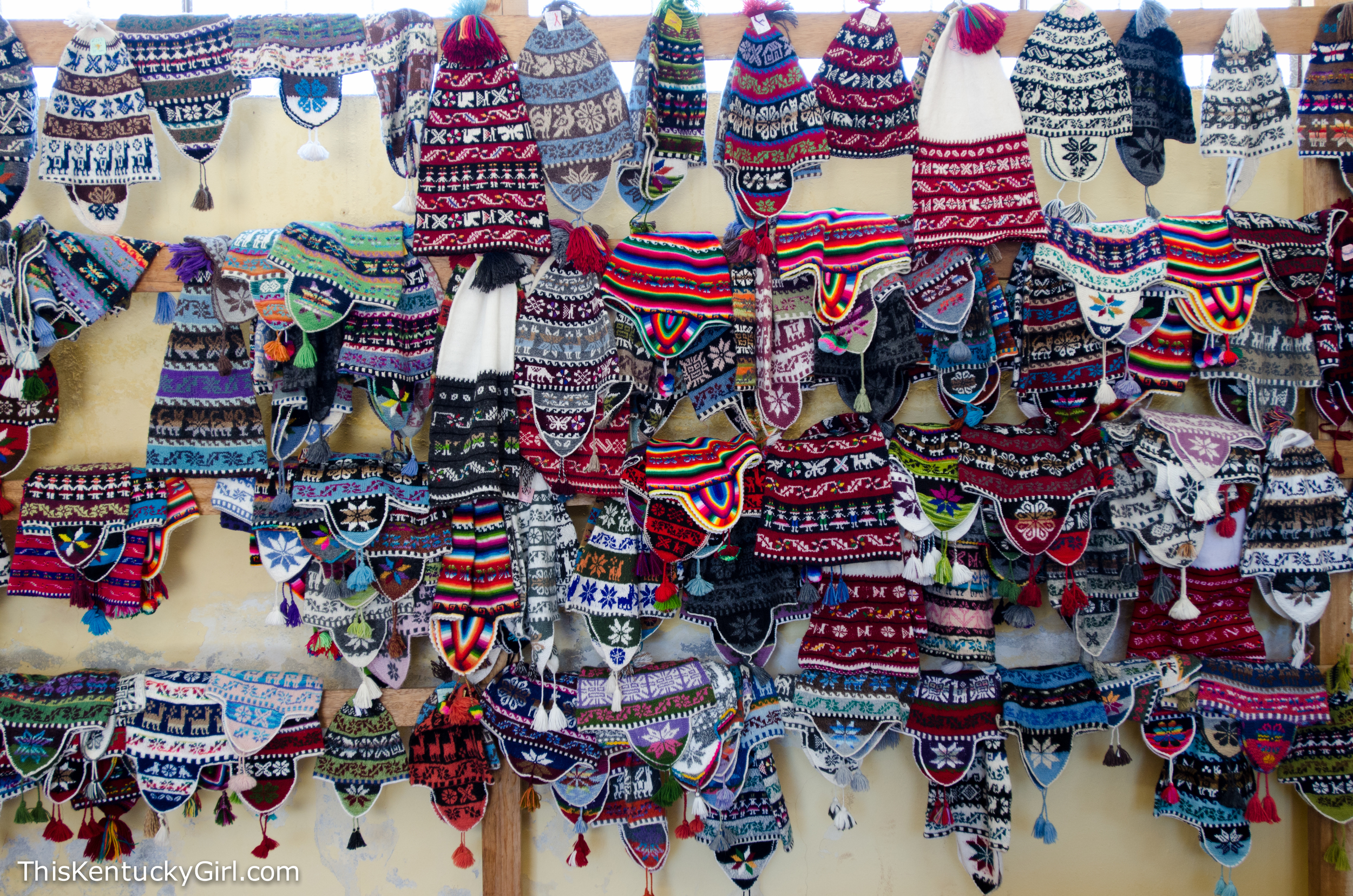
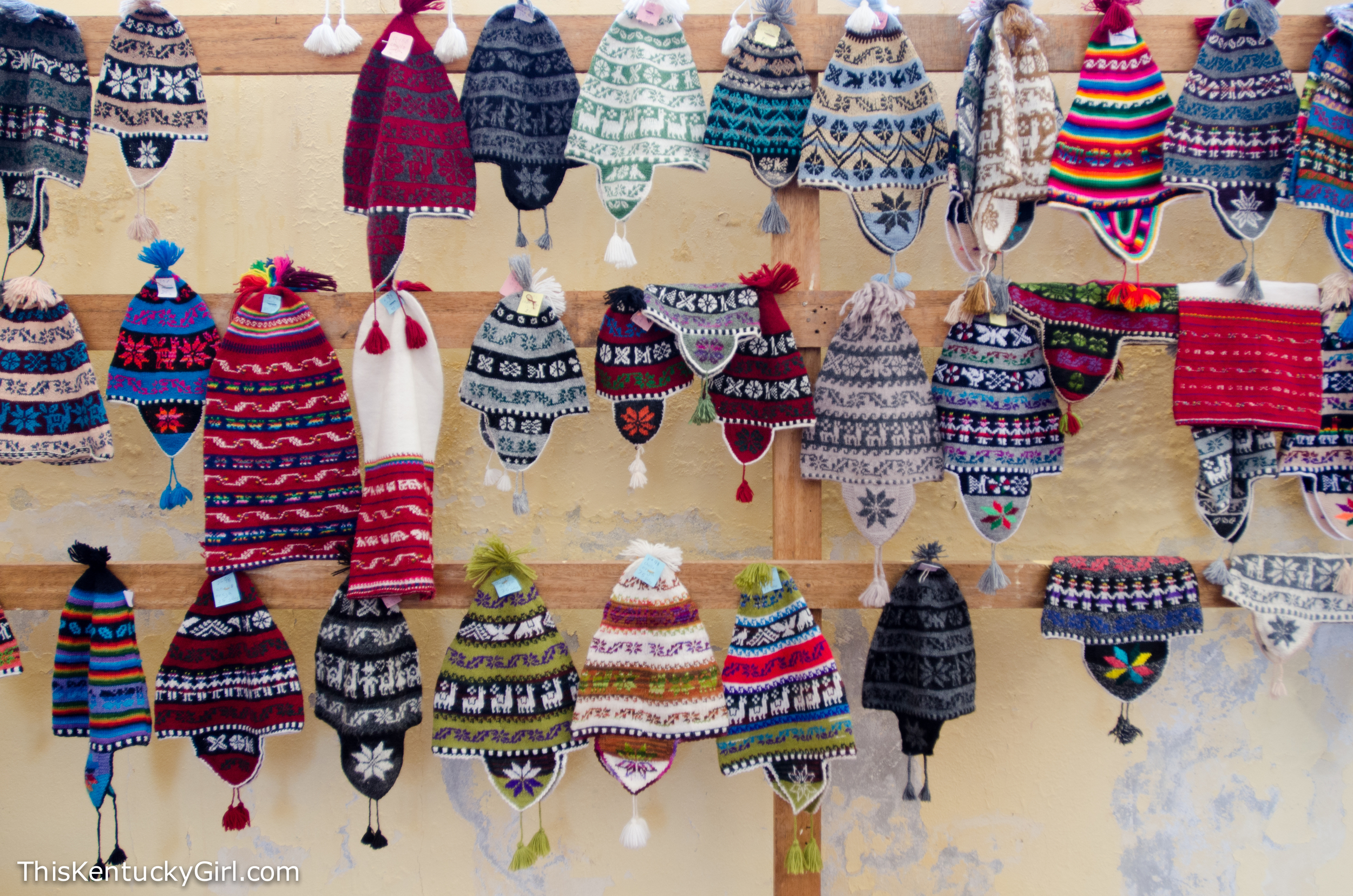
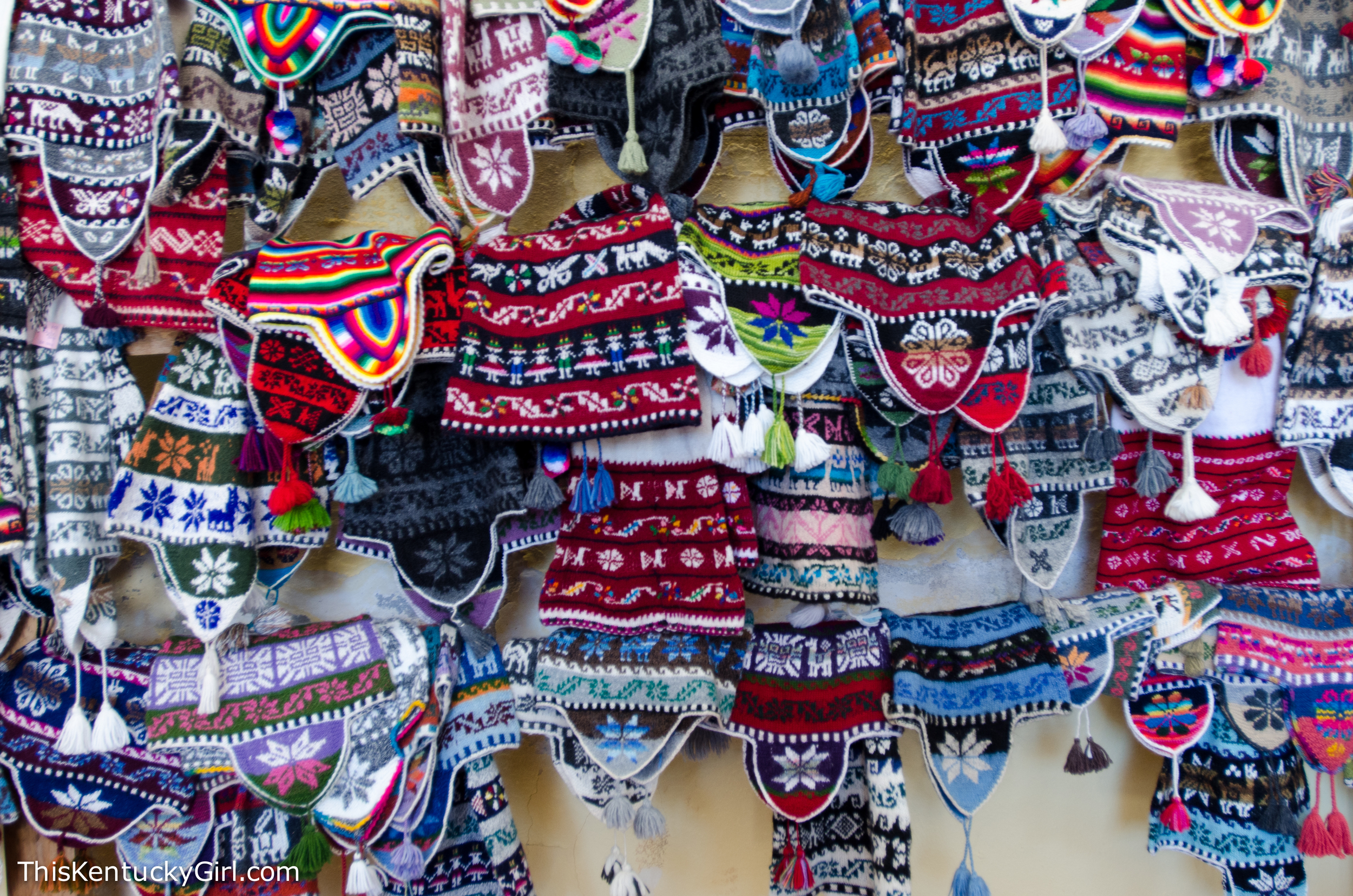
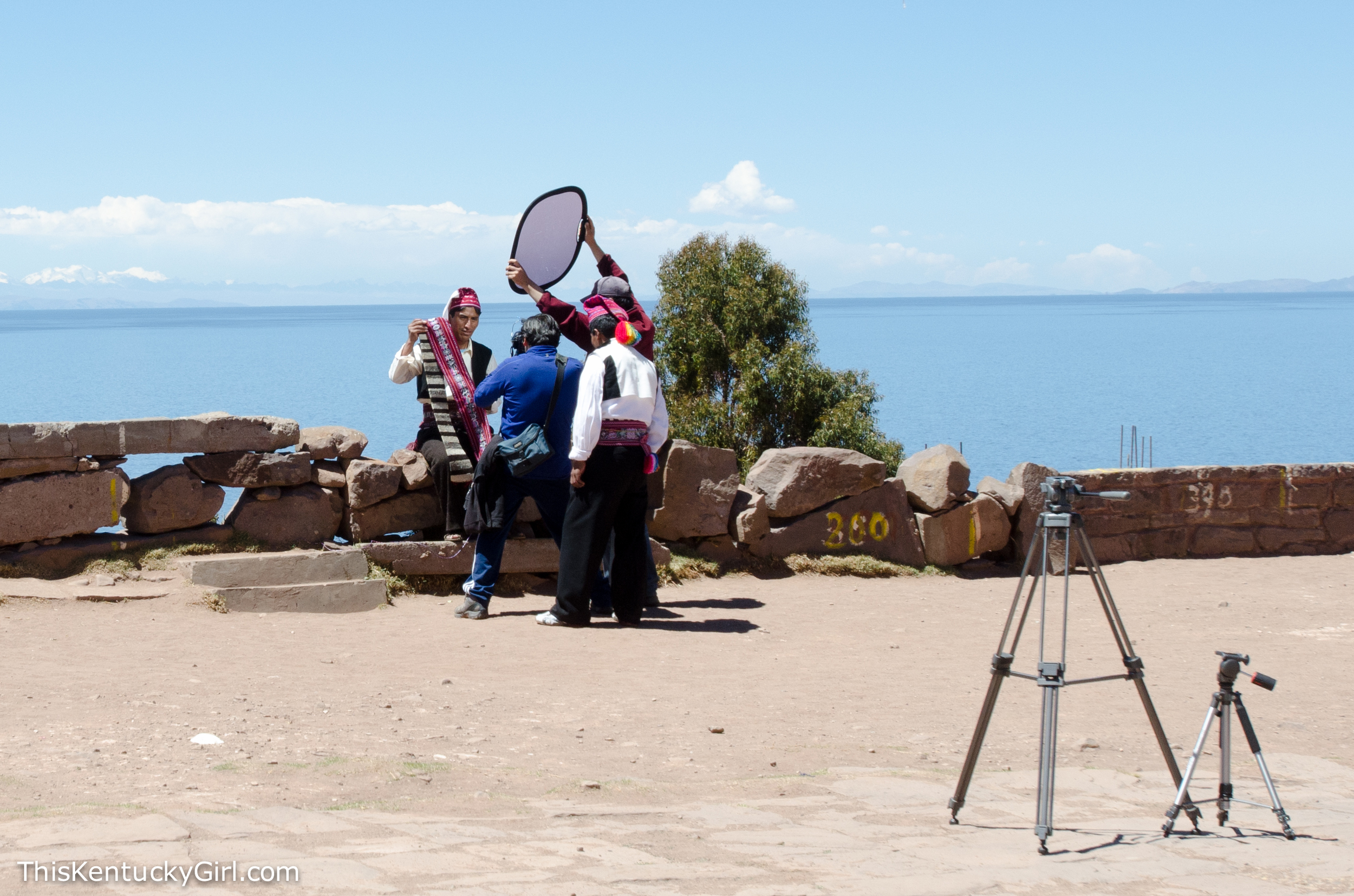
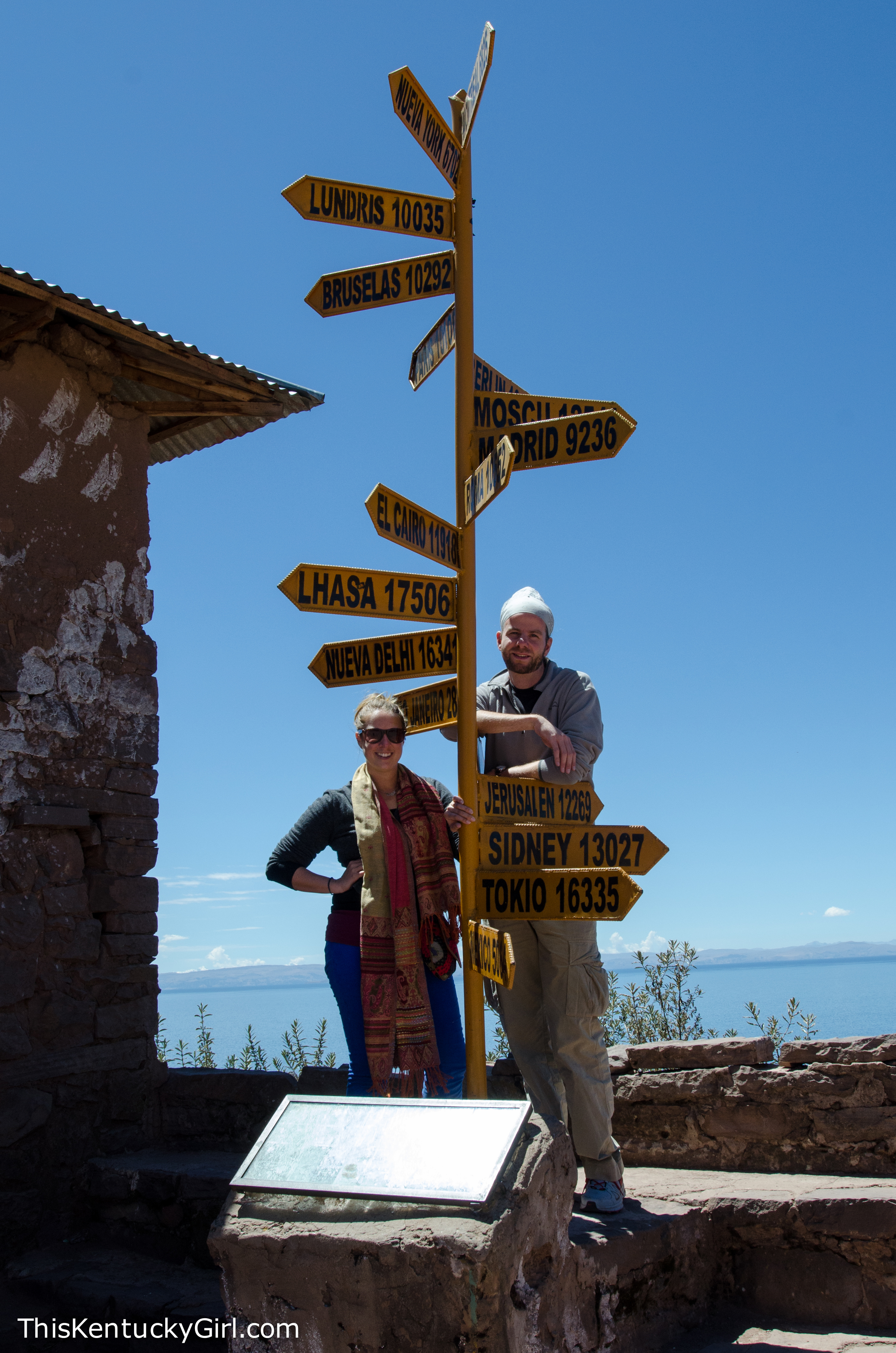
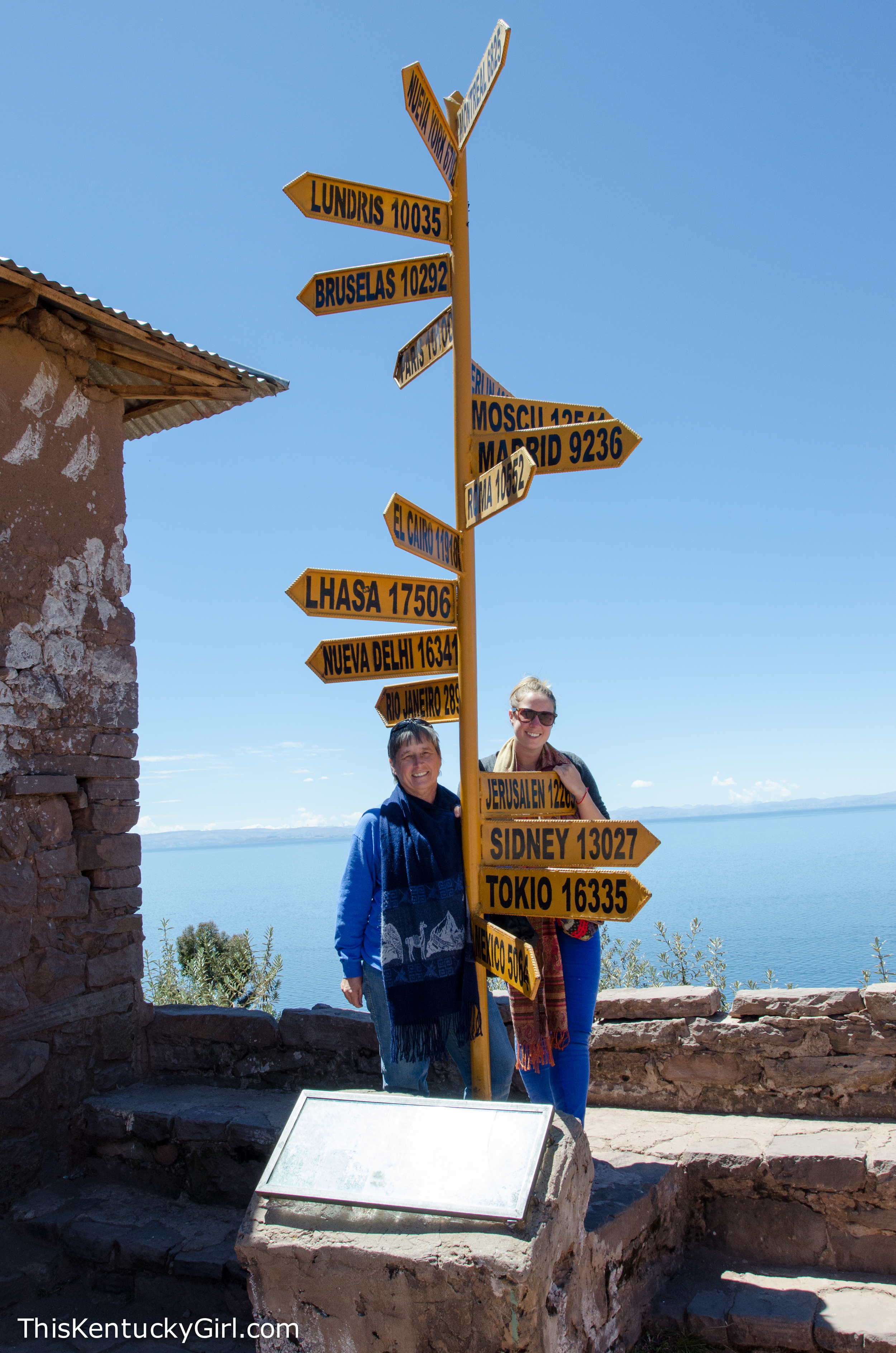

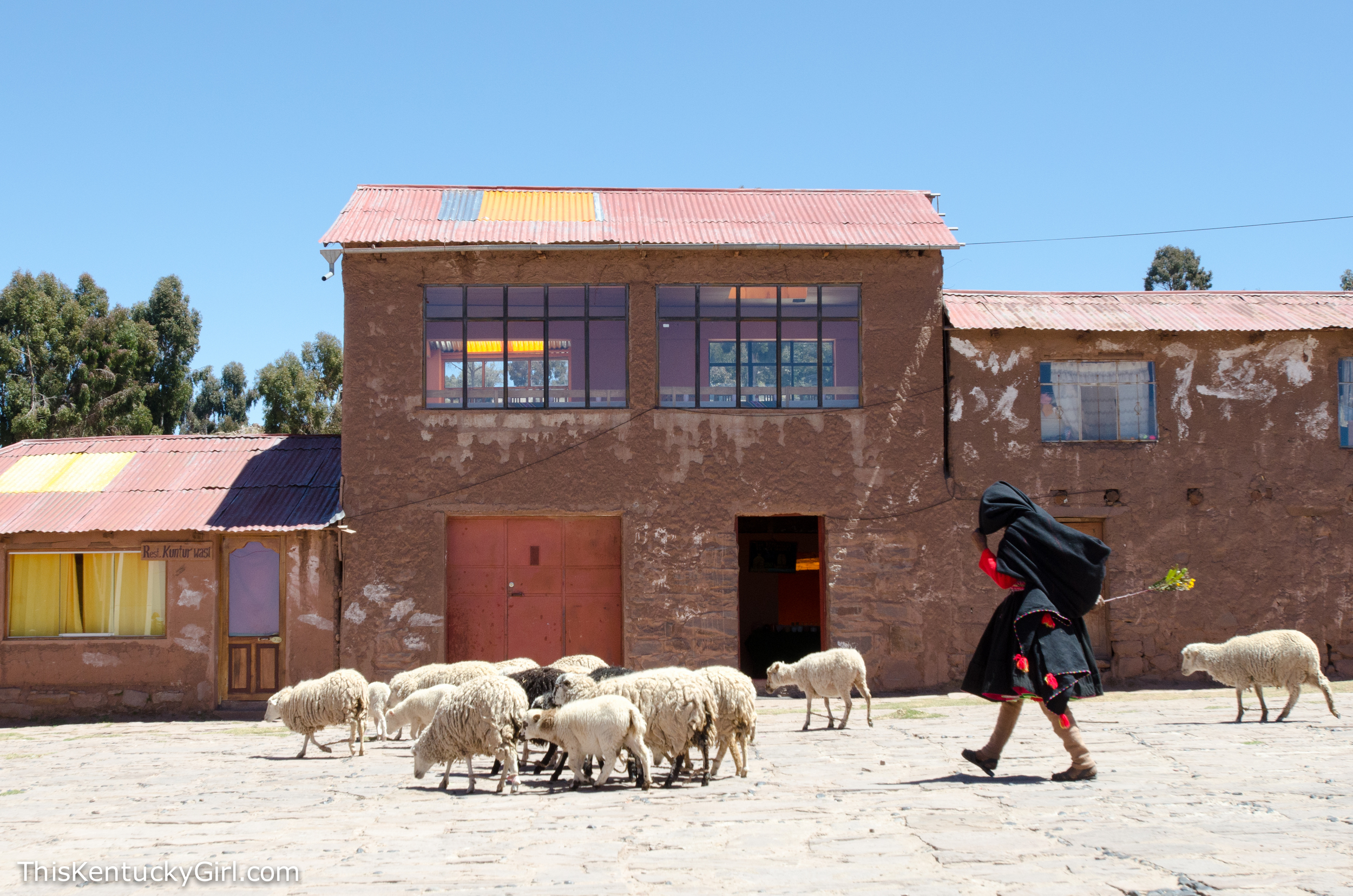
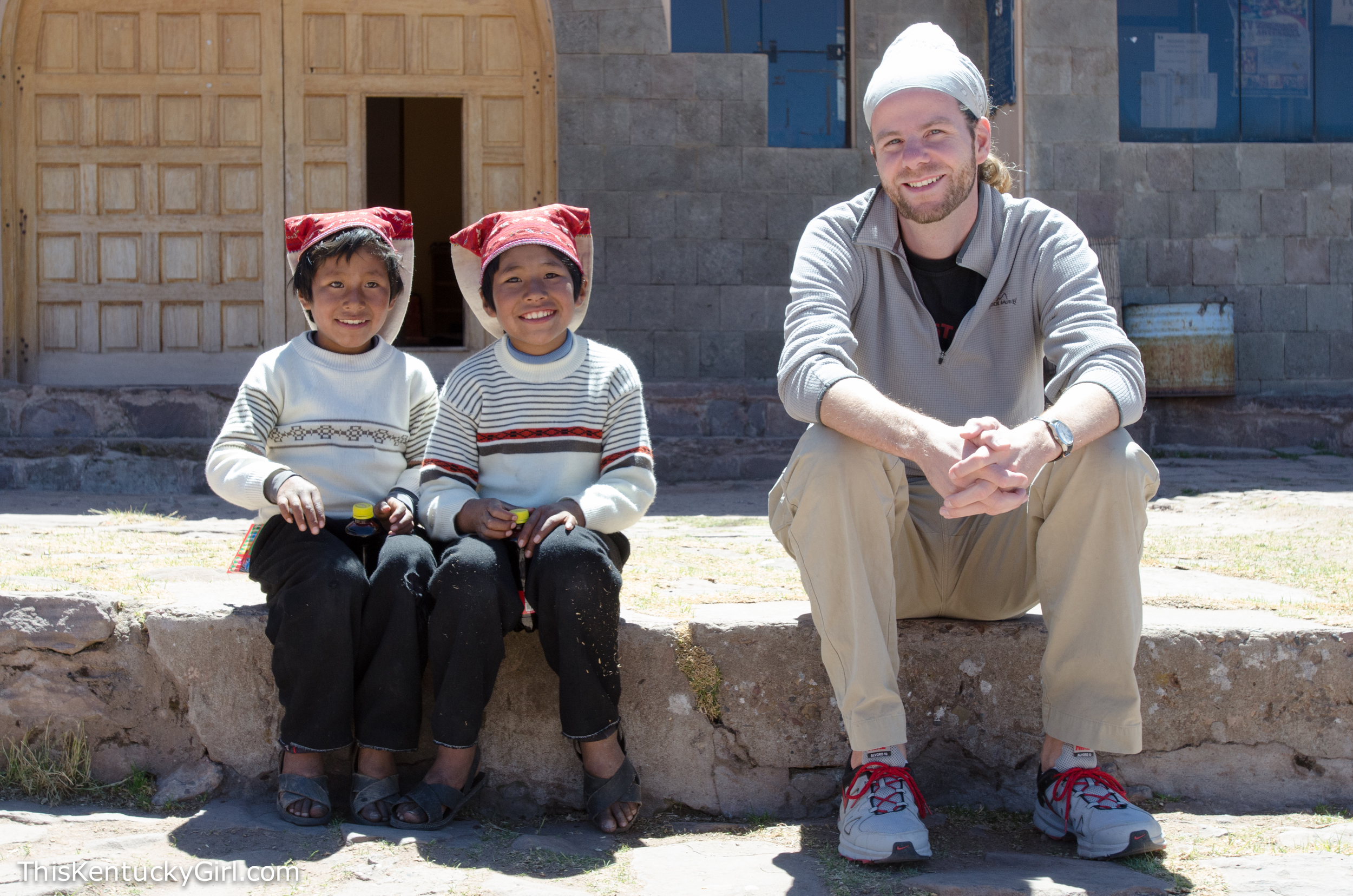
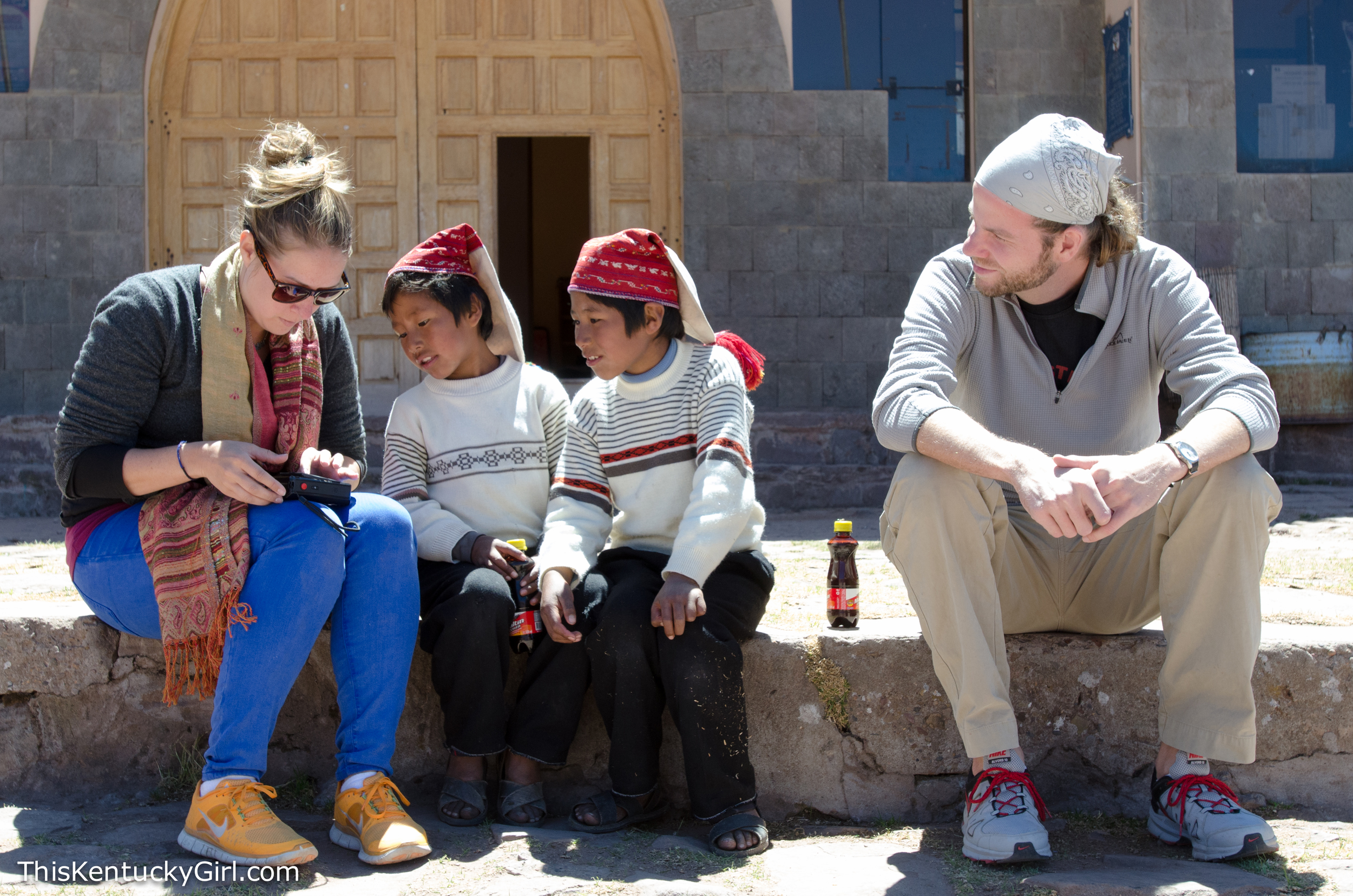

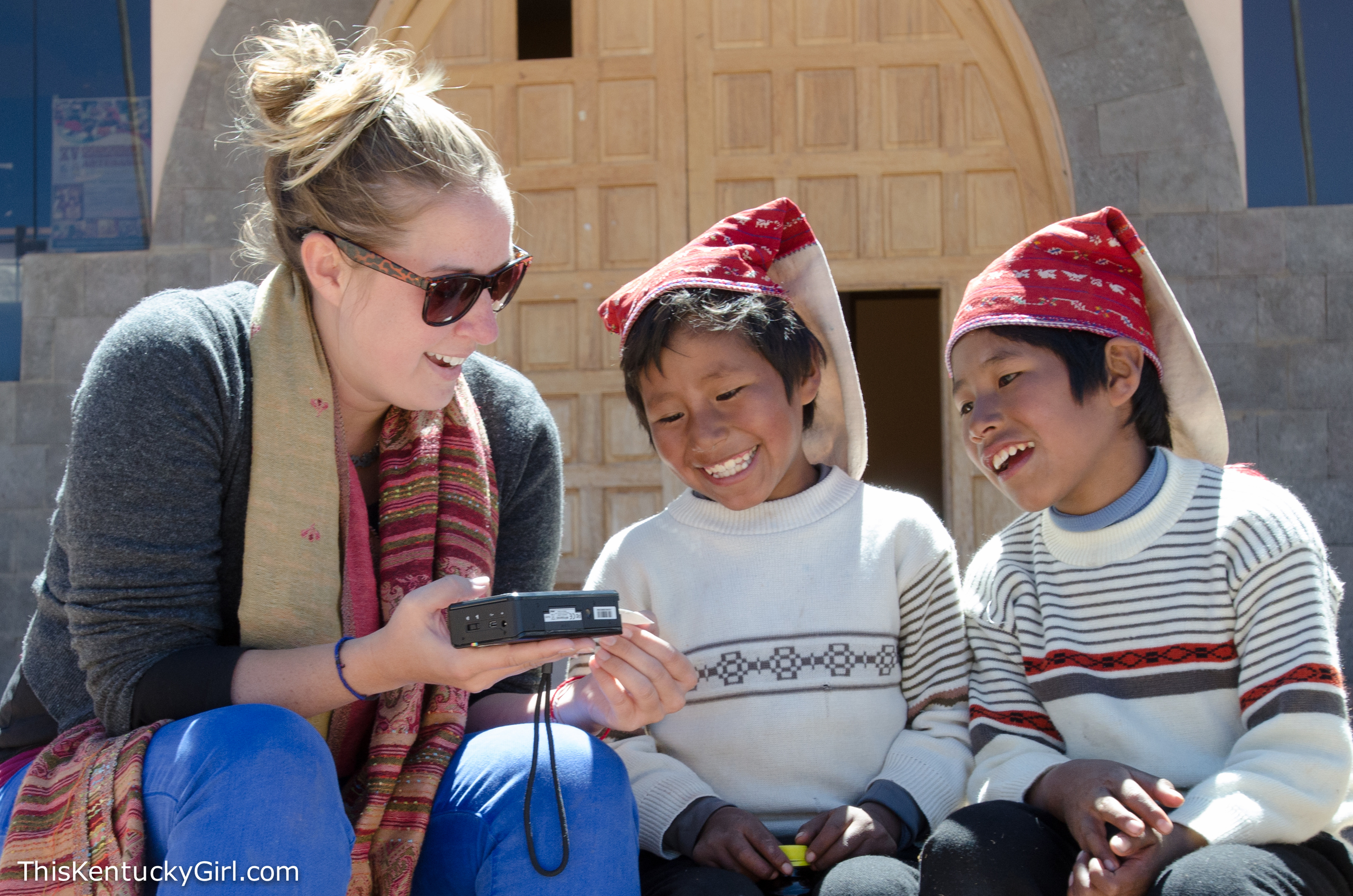
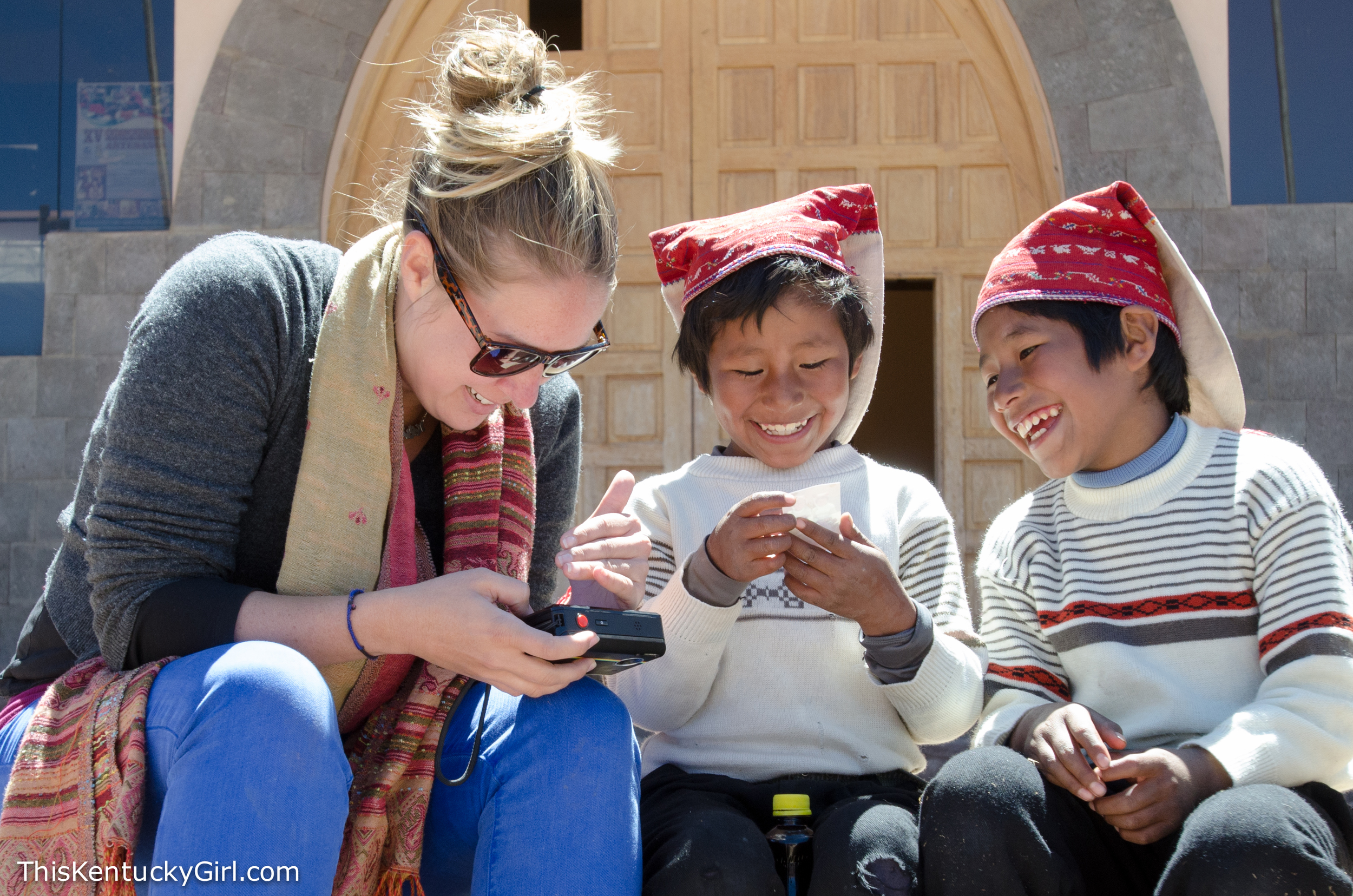
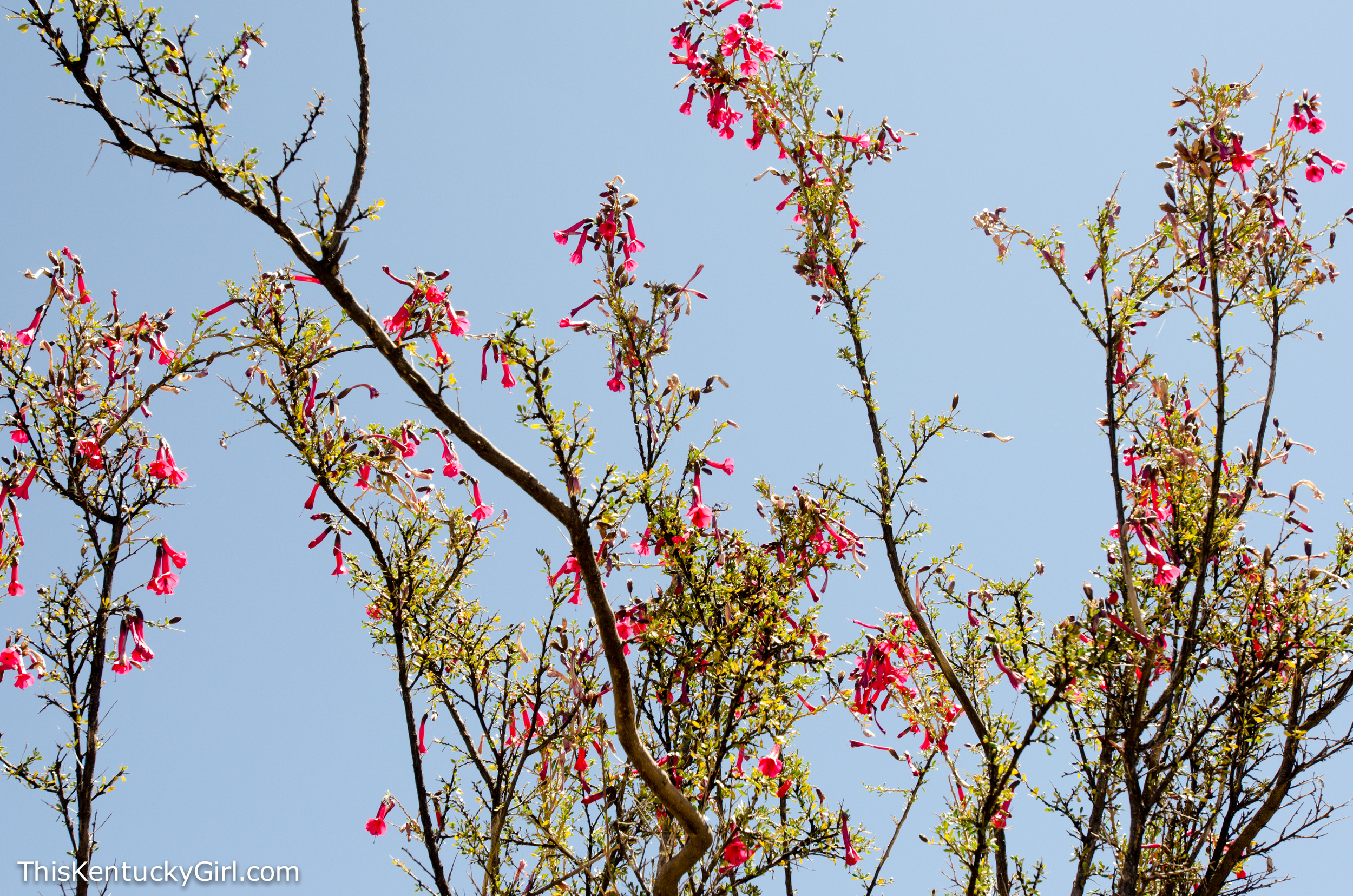
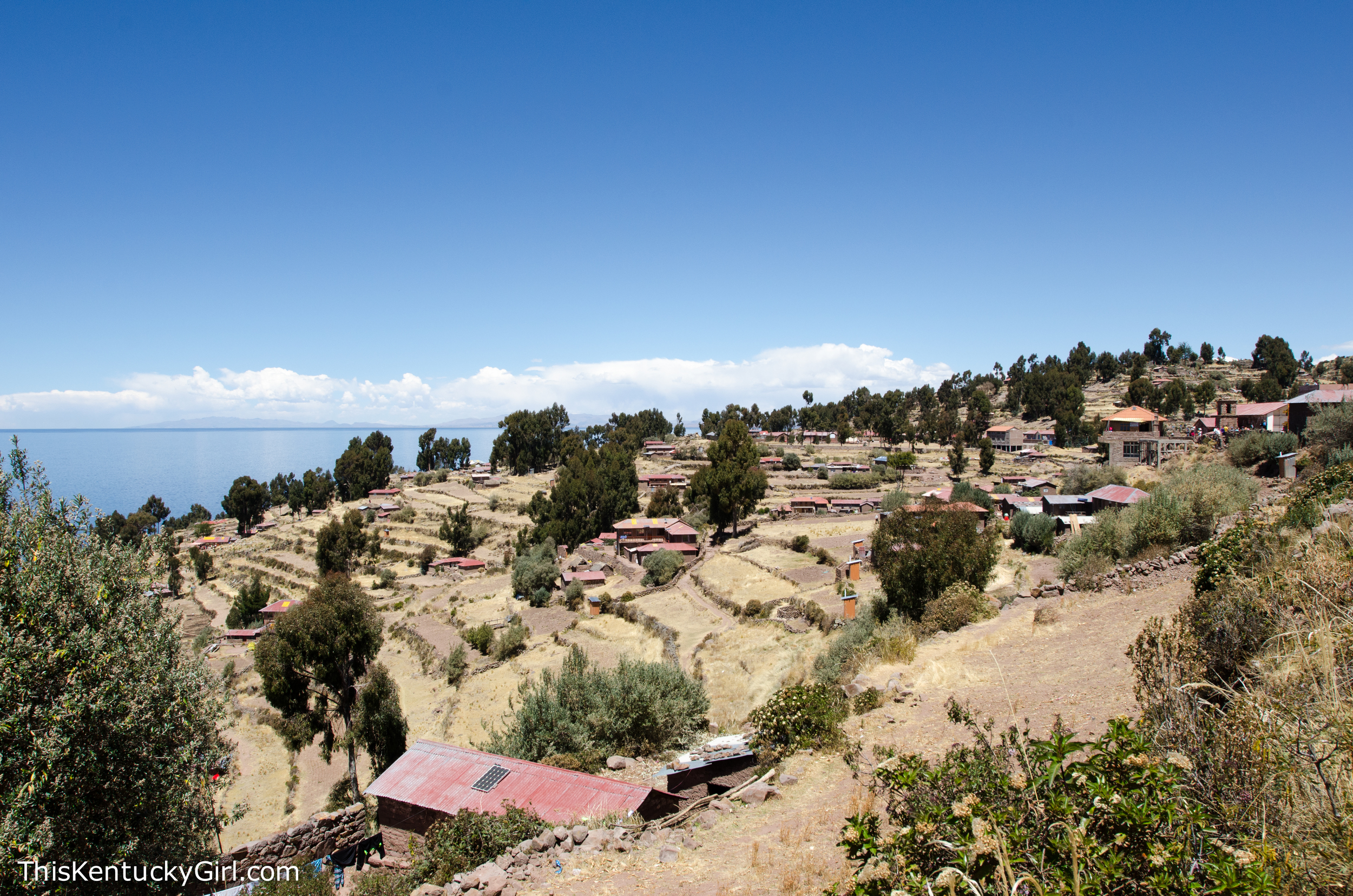
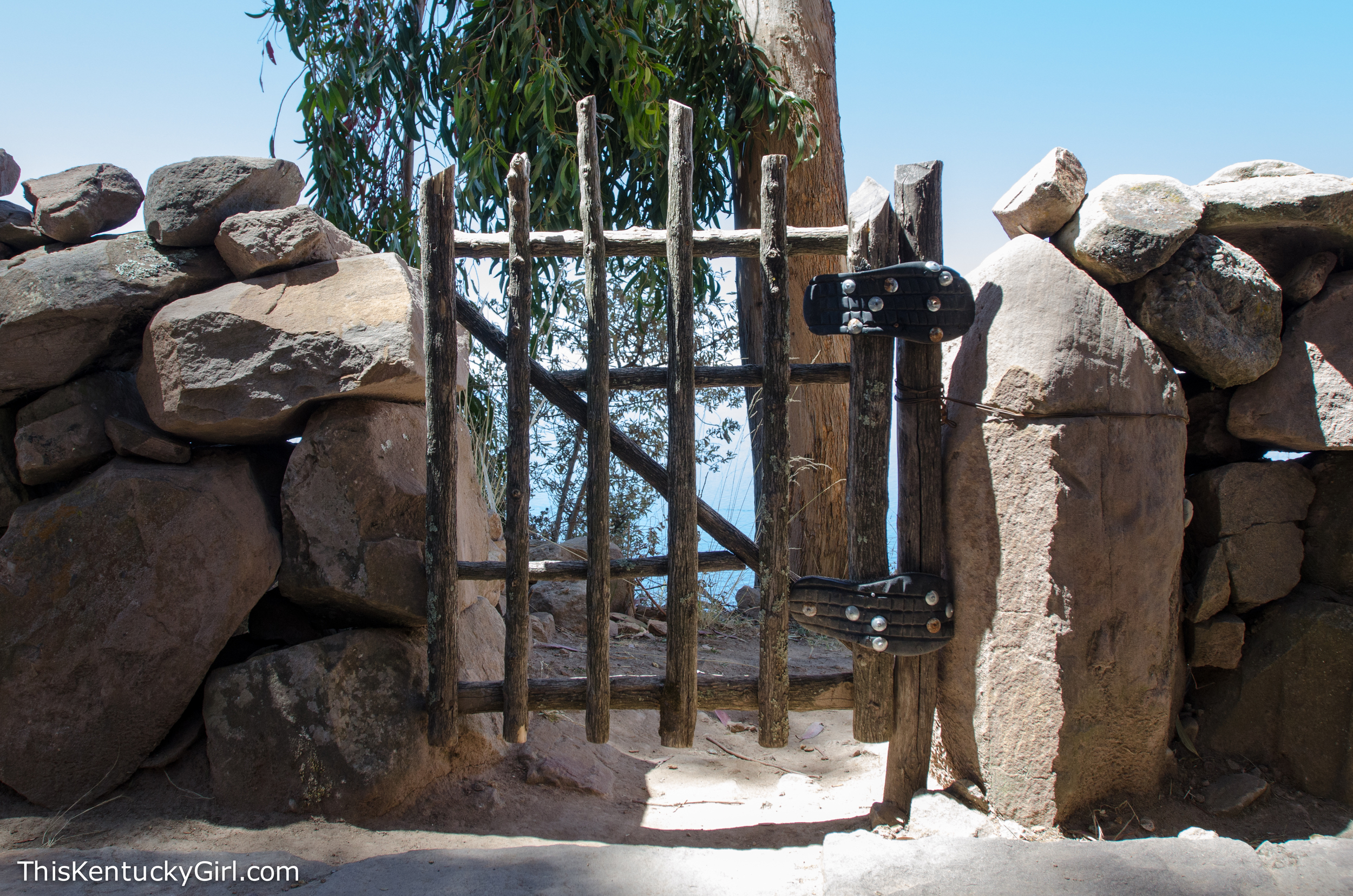
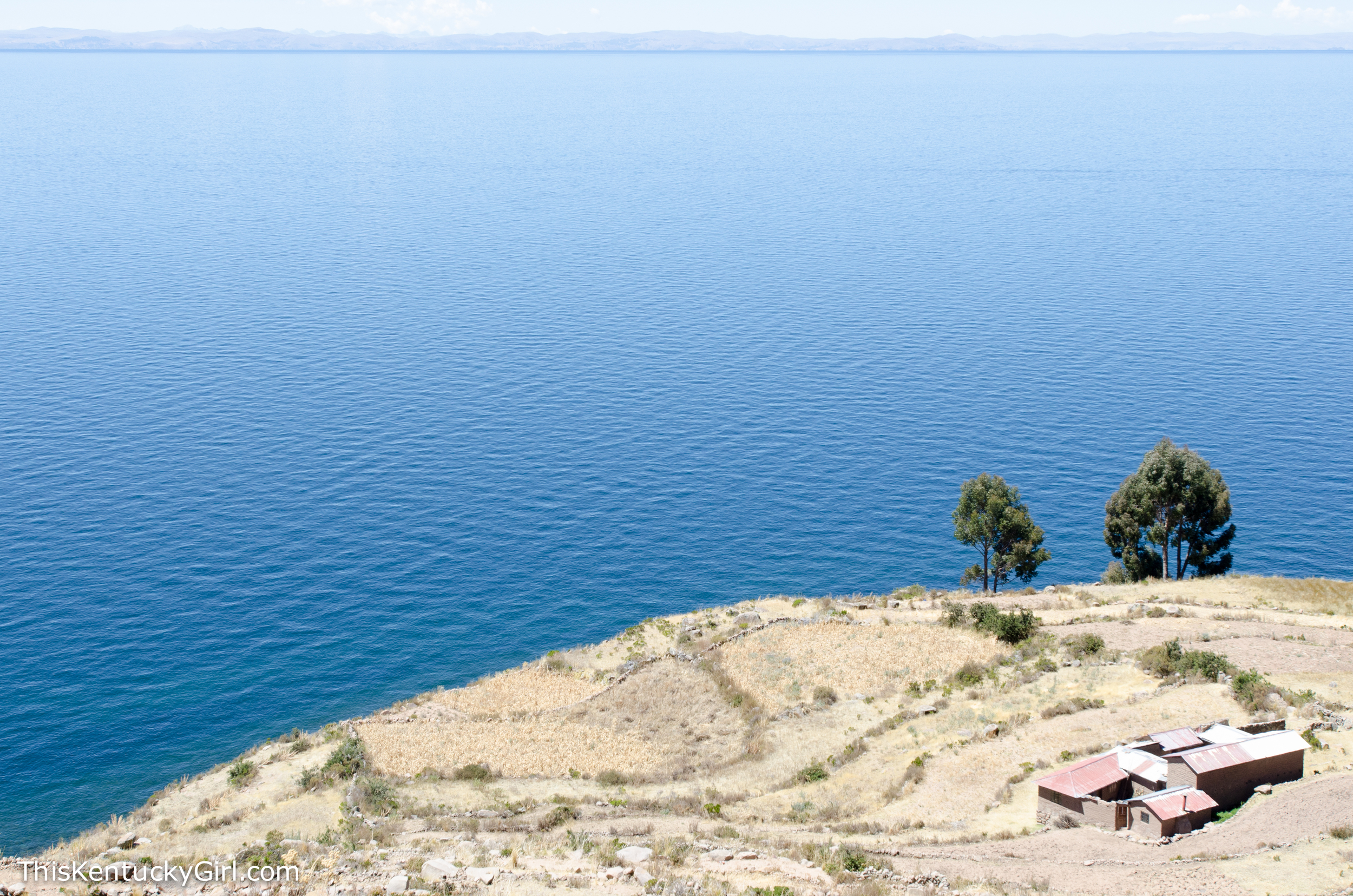
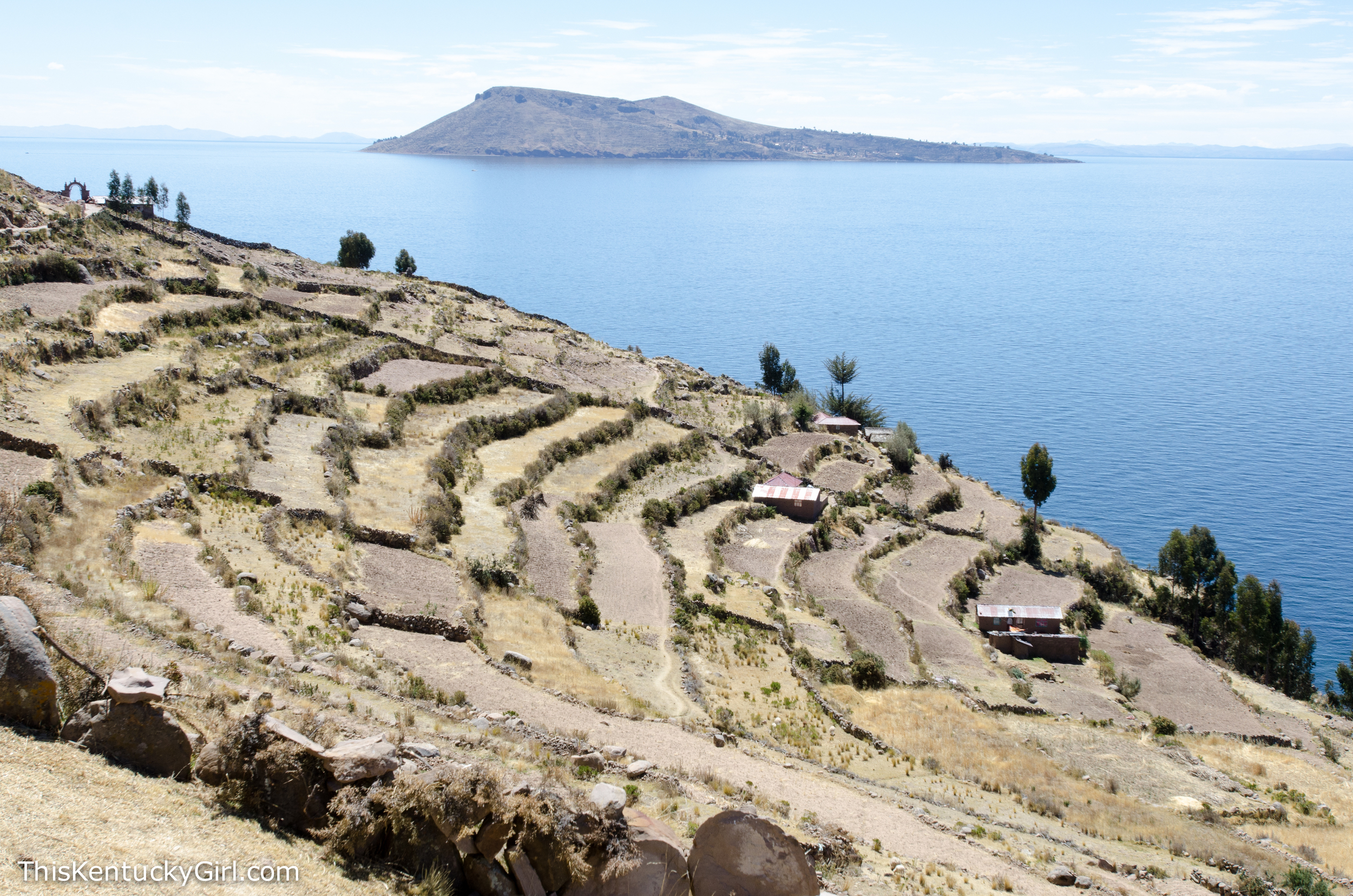
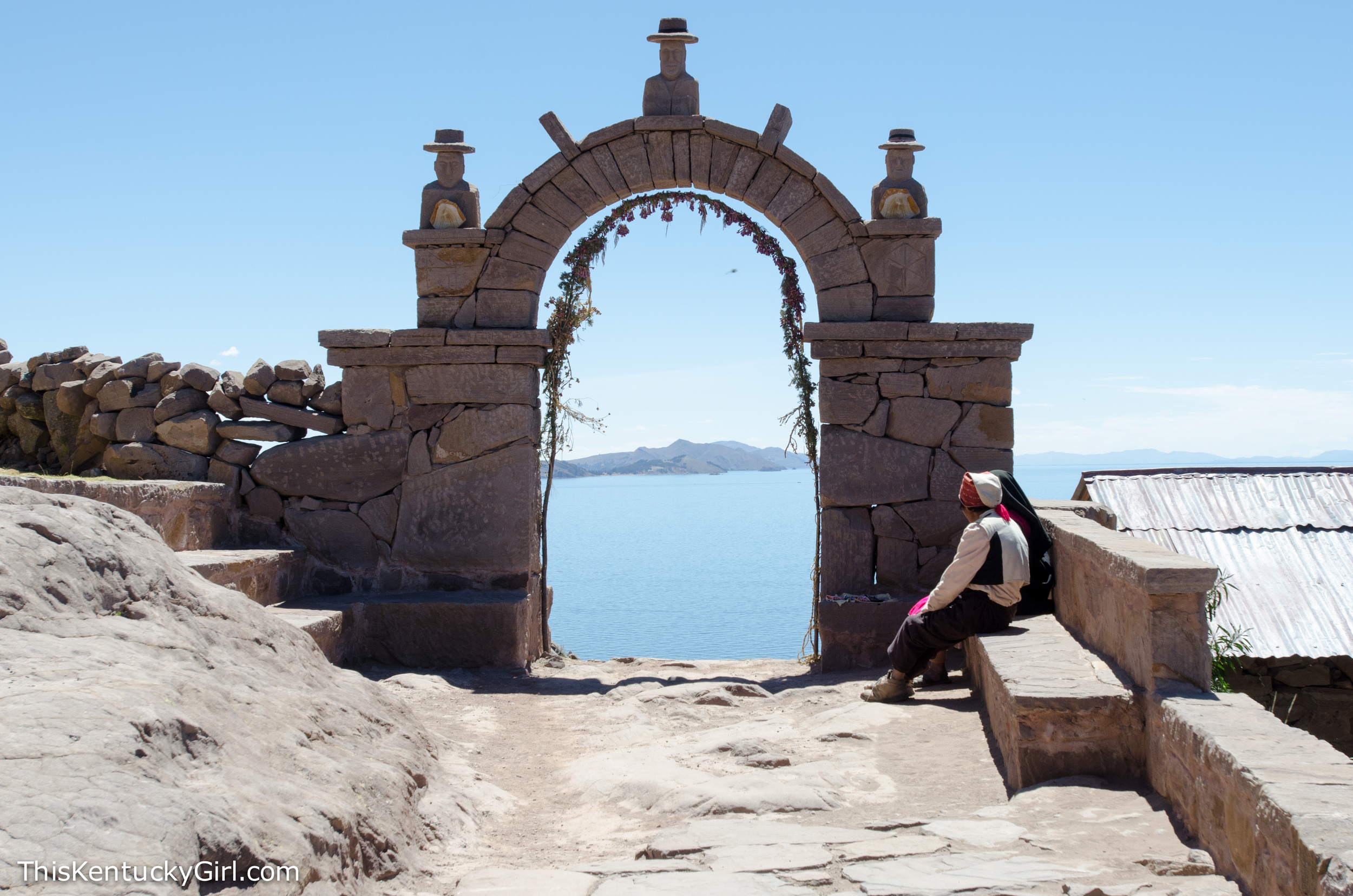

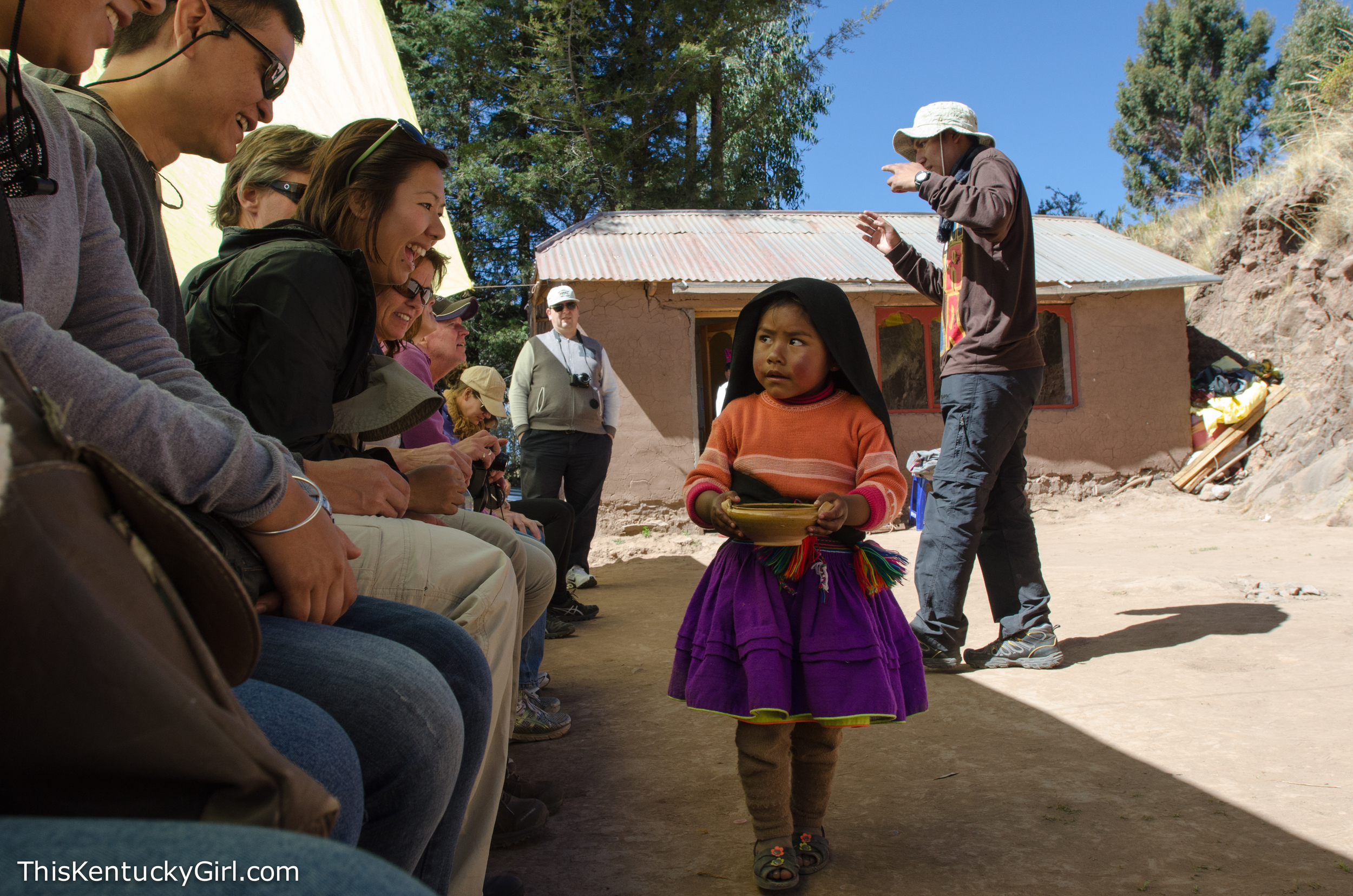
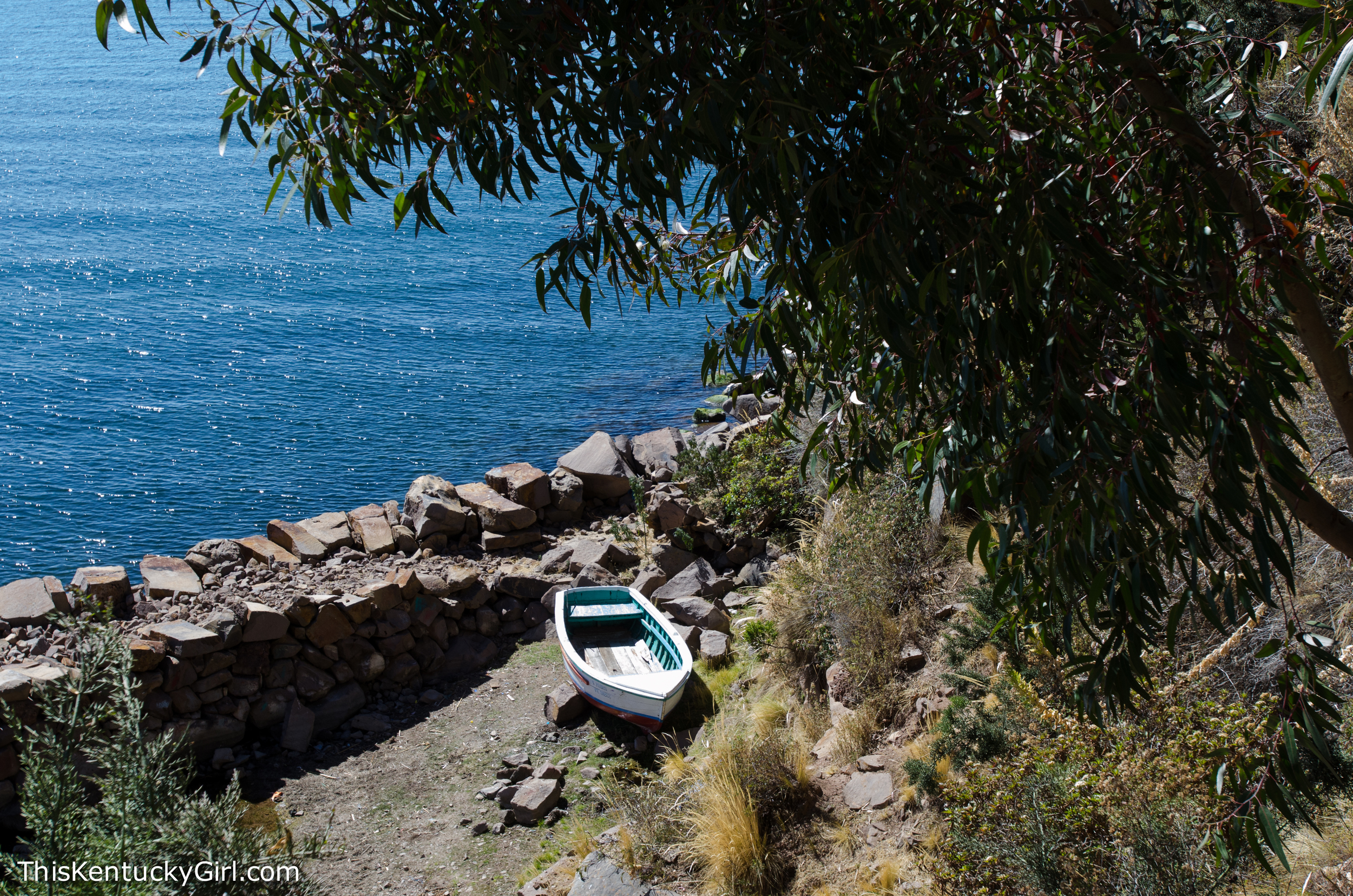
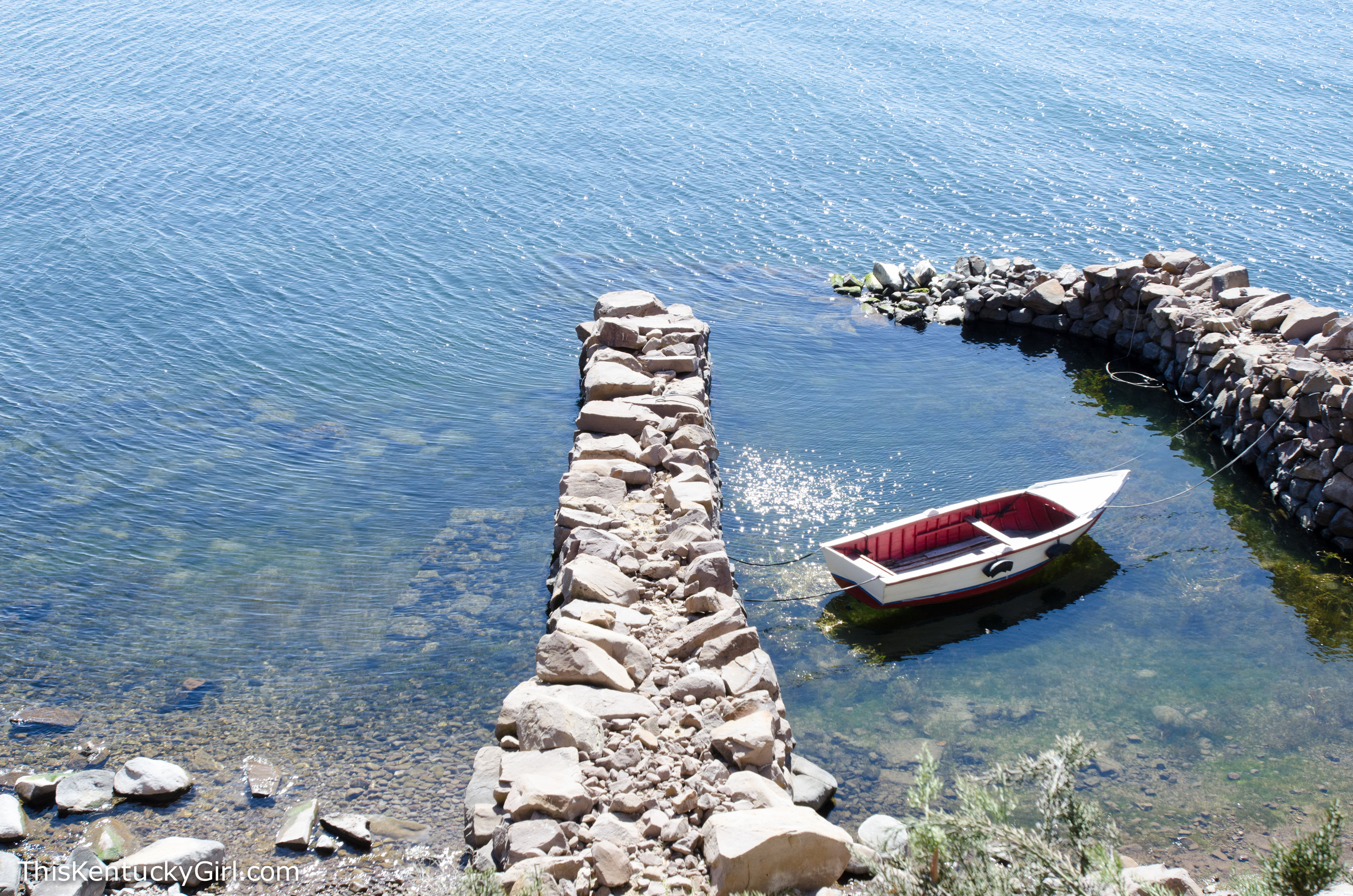
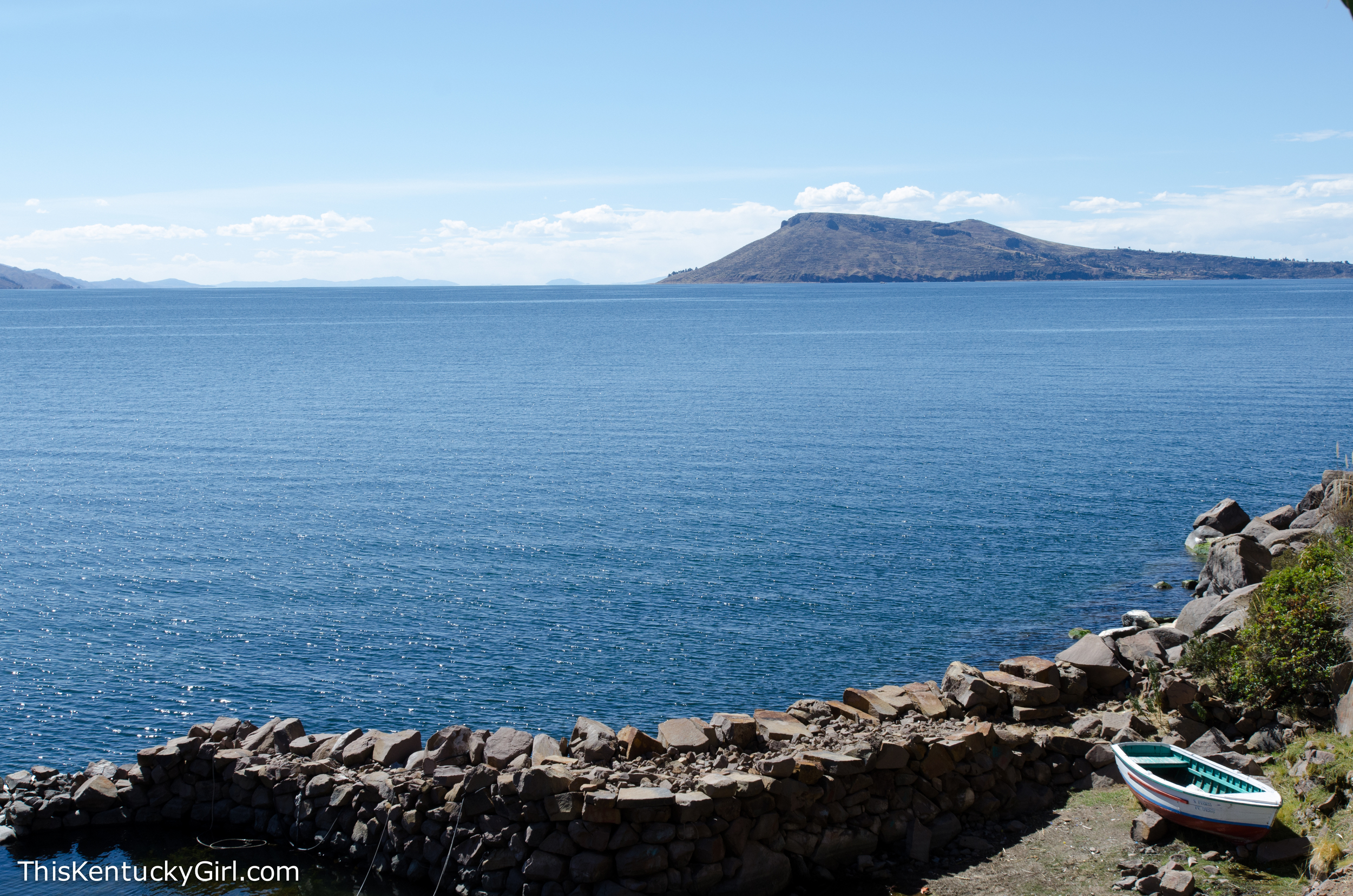
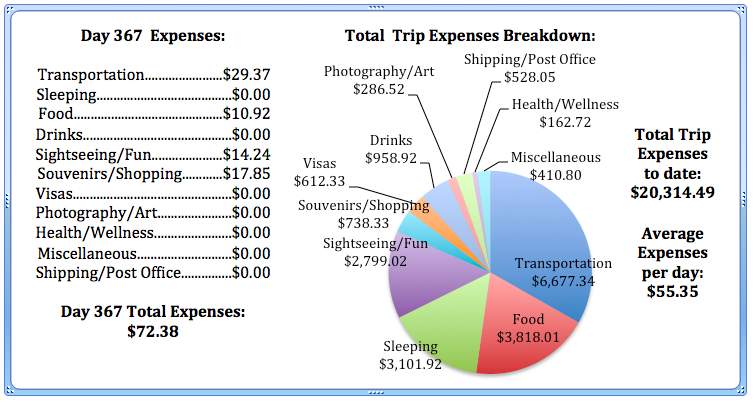
Per usual, we were picked up early in the morning only to drive around the city for an hour picking up others at their respective hotel before we even made it to the boats. I’m all for a hotel pick-up, but after a year of driving around in circles to pick up everyone else, I don’t see what’s so bad about telling everyone to be at a specific place by a certain time. It would guarantee an extra hour of sleep (at least) for all! Once we got on our boat, we waited for about fifteen minutes before the tour operator boarded the boat explaining that we could get upgraded to a faster boat if we joined a more expensive tour. The only catch was that we weren’t able to discuss this upgrade with the other boat members. Great! Except, why weren’t we told upon booking that our boat was going to take three hours to get to the Uros islands in the first place? It was all a little strange and I couldn’t help but wonder what was really going on. But we got on the “faster boat” that looked remarkably similar to our first boat and we were soon cruising across the lake towards the Uros Islands.
A close friend had warned me about the islands, saying they were a little on the touristy side. Trip Advisor forums went one step further, equating the experience to Disneyland and even suggesting the islands aren’t really inhabited these days, and they are more or less set up for tourists. Especially those who are in the market for some “one of a kind” souvenirs to take home (cough cough… Mom. cough).
When our boat landed, we were immediately greeted by the women of the island and told to sit in the center of the island for a brief presentation. It was here we met the president of the island and we were told how the island was built (layers and layers of reeds), how the island doesn’t have any electricity (but does have some solar panels), and how if you need to go to the bathroom, you have to climb into a boat and go to another island 20 minutes away. It was then I realized that I probably couldn’t live on the Uros. I’d spend more time paddling to and from the bathroom than anything else! We were told that the 40+ islands rotate daily to receive tours. This is so they can go about their daily life during the days they don’t have visitors and to give every island an opportunity to make some money (to be blunt about it). This is completely understandable, but halfway through our presentation, two other boats pulled up and suddenly the little man-made island, smaller than a basketball court was inundated with tourists.
We were already part of a group of about 30-40 people. Once other boats pulled up and people were walking around us shopping, while we were trying to learn about the island completely transformed this “Oh, what a cool little island” into “Ohmigod I hate being a tourist.” We were then shuffled to the back of the island, presumably so the next group could have a meet and greet with the president. A giant reed gondola awaited to take everyone for a spin (for an additional fee). Think Venice, only instead of just you and your significant other on the boat, it was you and forty other strangers crammed together. It was something I didn’t need to do, and instead hung back to take some Polaroids and hand them out to the women (and children) of the island.
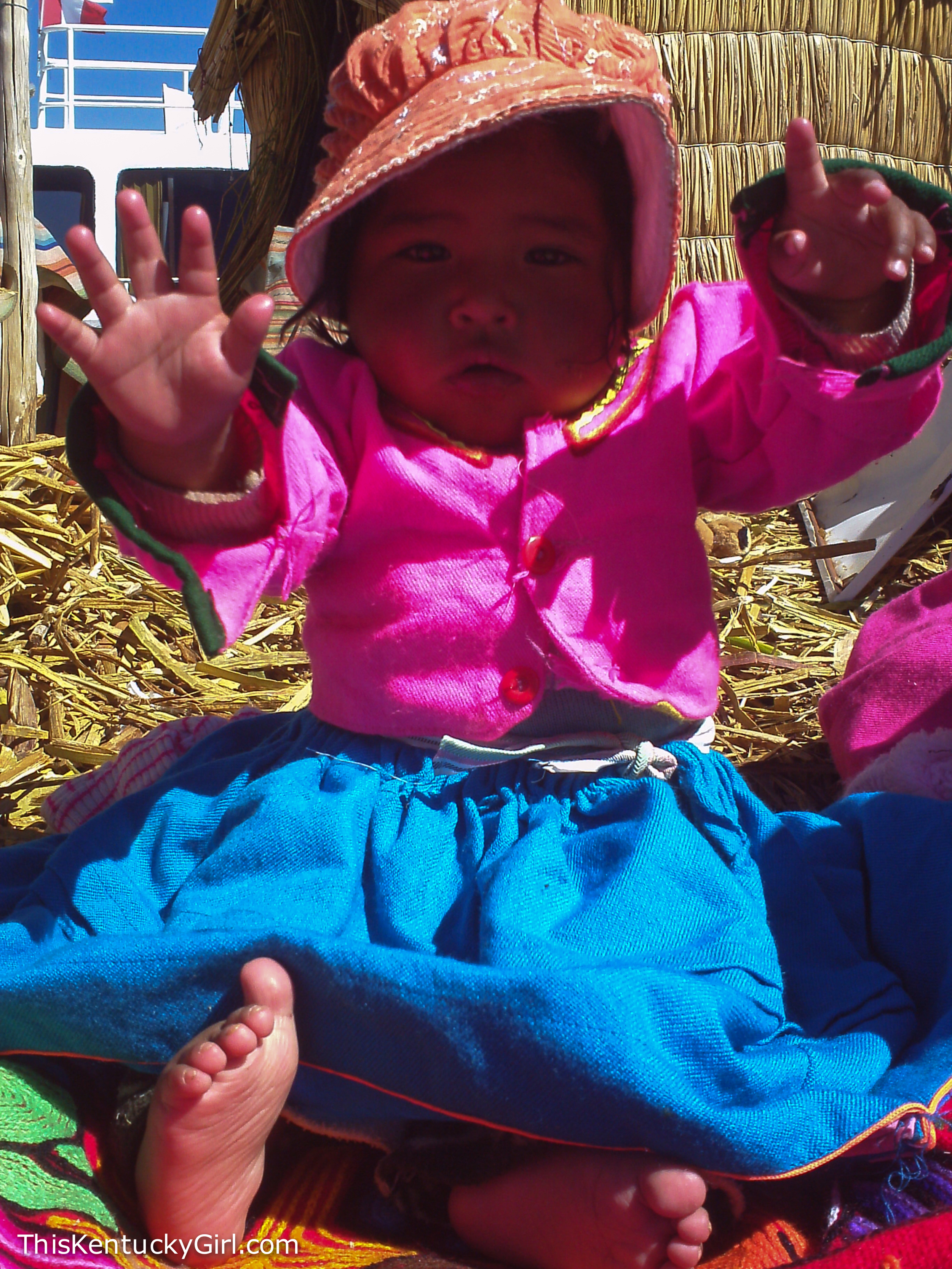
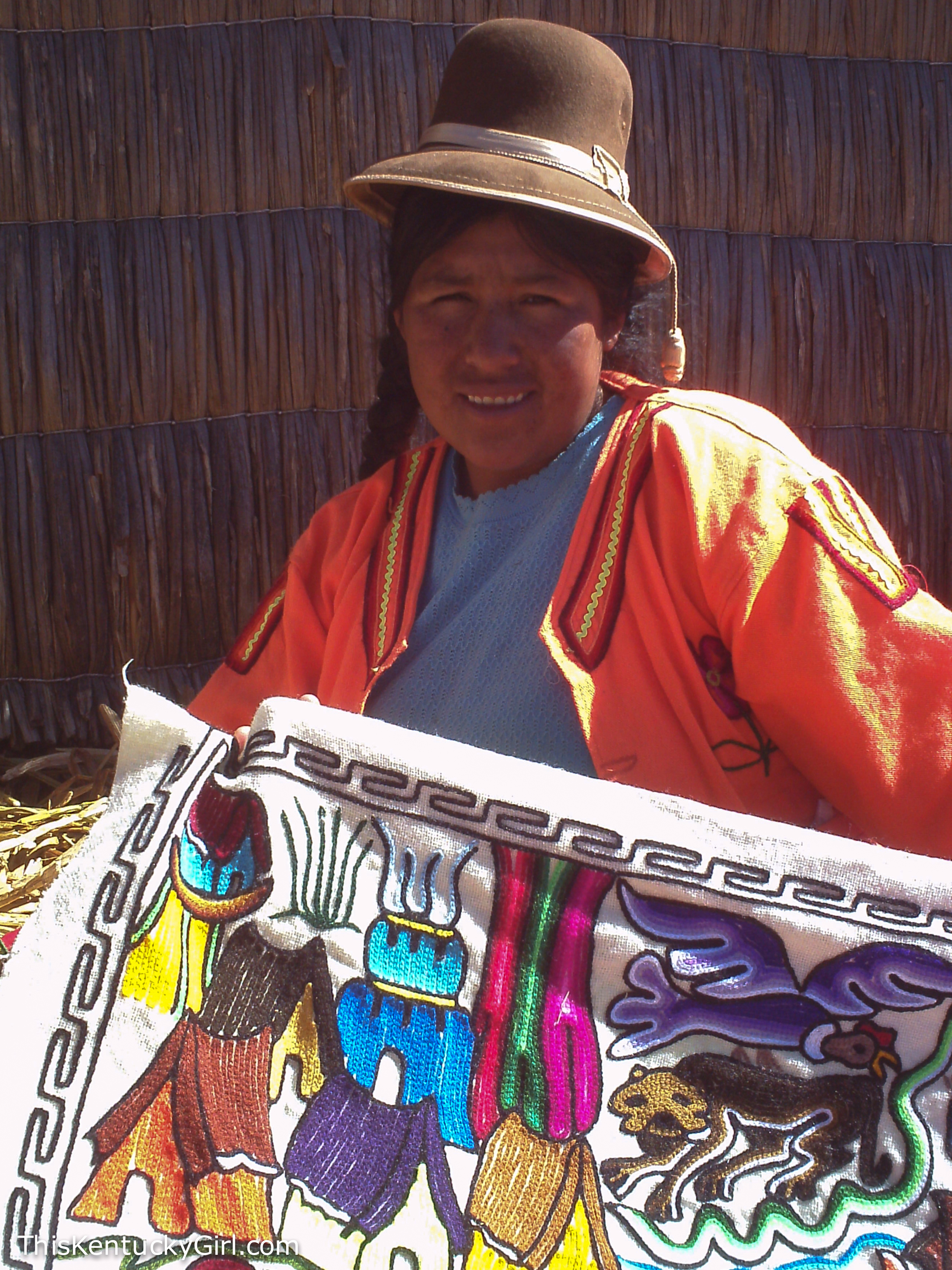

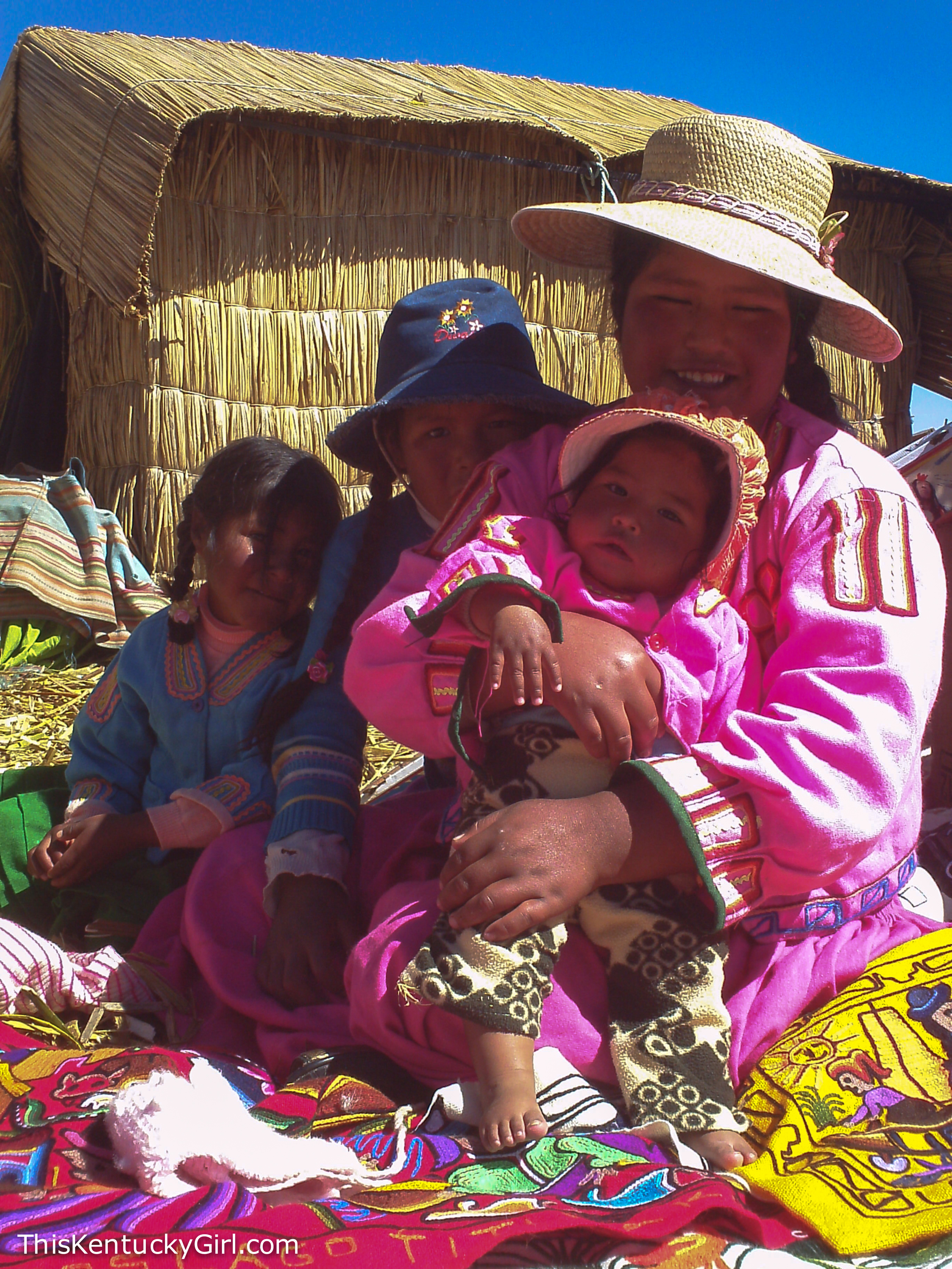
Once one of the mothers figured out what I was up to, she motioned for me to hold on and disappeared into one of the houses, returning a second later with different clothes for the baby. She changed her outfit, pulled all of her children together and then we took another picture. Then she set the baby down and asked for a picture just of the baby. It was a lot of fun (much more so than sitting on top of another tourist on the full gondola) and it makes taking pictures a much more interactive activity! I have to admit, I feel better about taking pictures when I’m able to give a physical print to the subject right away.
Afterwards we hung around waiting for everyone to finish shopping. Had it just been one boat full of people, it would have been great. But maybe because the island was still overwhelmed with tourists and I could easily hear an older American couple haggle- rudely- for a cheaper price when they could obviously afford the extra $0.50 equivalent made me ready to leave.
Of course, we all seemed to board our respective boats at the same time… I quickly climbed up to the roof of the boat to get a few shots of the island as we sped towards Taquile. Like clockwork, the women lined up to greet the next boat. I wonder how many boats land each day. In the hour or so that we were there, four to five boats had landed!
Taquile is one of the natural islands in the middle of Lake Titicaca. It was used as a prison during the Spanish reign and didn’t become the property of the Taquileños (people of Taquile) until 1970! There aren’t any cars, and no electricity on the island. It’s quiet and has some beautiful scenery- not only on the island itself, but surrounding it as well. We learned immediately that handmade yarn and weaving is a pretty big deal here. Nearly every woman we saw was spinning yarn, and nearly every man was knitting. The men wear special knitted hats to communicate if they are single or married.
While the textile industry is still huge, they make most of their money from tourism these days. 40,000 tourists visit each year! Our guide also informed us that the population is shrinking as many of the younger generations are leaving the island to go to school or get a job on the mainland where they can make more money than if they were to stay on Taquile. When we arrived to the main plaza, a photo shoot was in the making. I wanted to ask what it was for, but after hearing the photographers speak Spanish, I got a little shy about my shoddy Spanish skills and simply watched instead, jealous of their reflector.
We ducked into the textile market full of colorful knitwear and woven goods.
Back out on the plaza, we took turns taking pictures in front of a sign reminding us of just how far away from home we are. Although, Andrew and I just might be closer than we’ve ever been on this trip!
These two little guys had trouble getting their drinks opened and asked Andrew for some help. When I looked over they were just sitting together enjoying the view. I had to take a picture… and then handed my camera off to Mom while I pulled out the Polaroid. At first they were a little confused- needing to reload the paper didn’t help matters. It’s also a rather slow camera. It’s not like a traditional Polaroid that spits out a photo immediately. It uses different paper, and while technologically impressive, it often requires a lot of “wait for it…” gestures and holding the camera up to a child’s ear so they can hear that something magical is about to happen. These two were pretty patient about it all.
After they asked for a second photo (one for each) they said something in Spanish that I didn’t understand. I looked at Andrew, and he didn’t get it either. We asked them to repeat what they said and another tourist passing by told us “They want a tip.”
“A TIP?” I looked at everyone surprised, even though this certainly isn’t the first time I’ve been asked for a tip for something or other on this trip. “But I gave you two photos! A gift! Why should I give you a tip?” I responded, in English, laughing. The other tourist rolled his eyes understanding my sentiments exactly.
We walked around the island, following a mostly stone path down the hill we had climbed up to the plaza. A few locals passed us by, or sat off to the side knitting, and asking for tips if you wanted a picture or two. We stopped at a small house with a large picnic table set up outside where we all sat down for lunch while we saw another presentation of how a plant was crushed into soap and then used to clean a dirty piece of wool. After lunch, their style of dress was explained to us and then we watched a small dance that was made adorable by the participation of an adorable little girl who was not afraid of asking tourists to dance.
After the dance, she was sent around with a tip basket. Everyone acknowledged and laughed about their most excellent business model, using her to collect tips that wouldn’t otherwise be given. When all of the festivities were over, we walked down to our boat and made our way back to Puno. I would have really liked to see Amanatani, the other, further island- but it requires an overnight stay because it’s so far to get to. It’s supposedly the least touristy island of the three- which made me want to see it all the more. I think the three (including the overnight) and Sillustani could have been crammed into two very full days, but we were already on a tight schedule and I’ll just have to save Amanatani for next time- with a side trip to and possibly through Bolivia!
